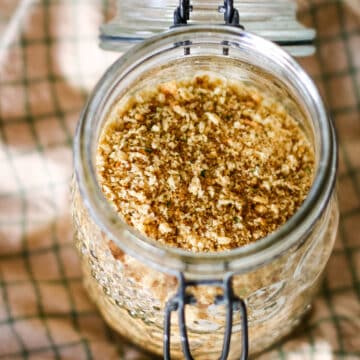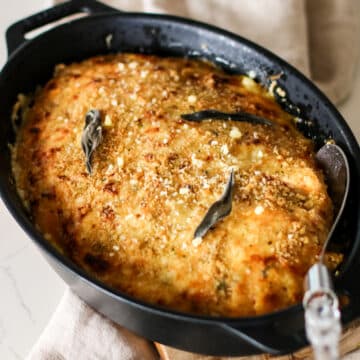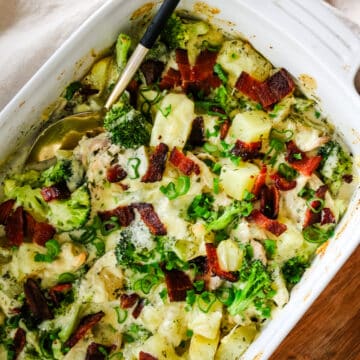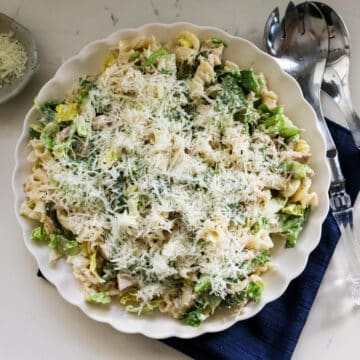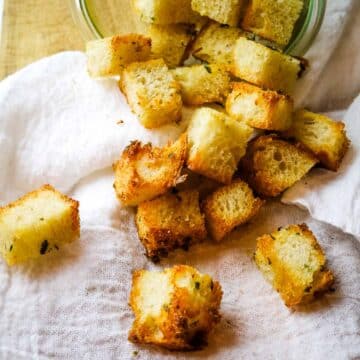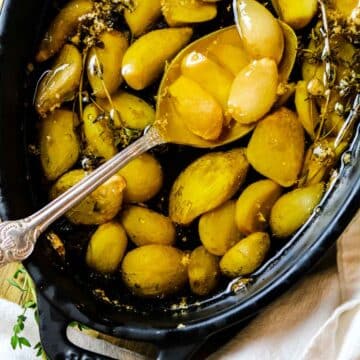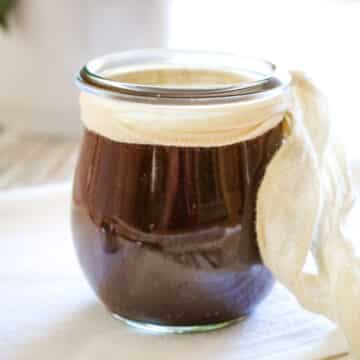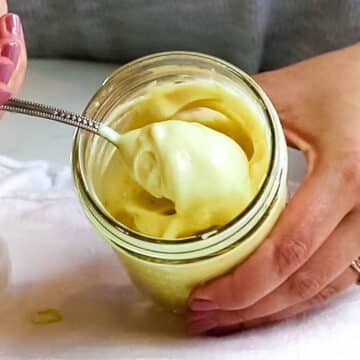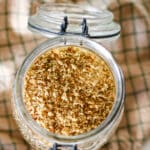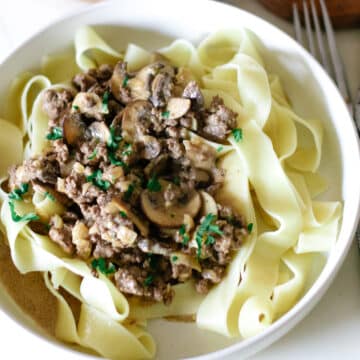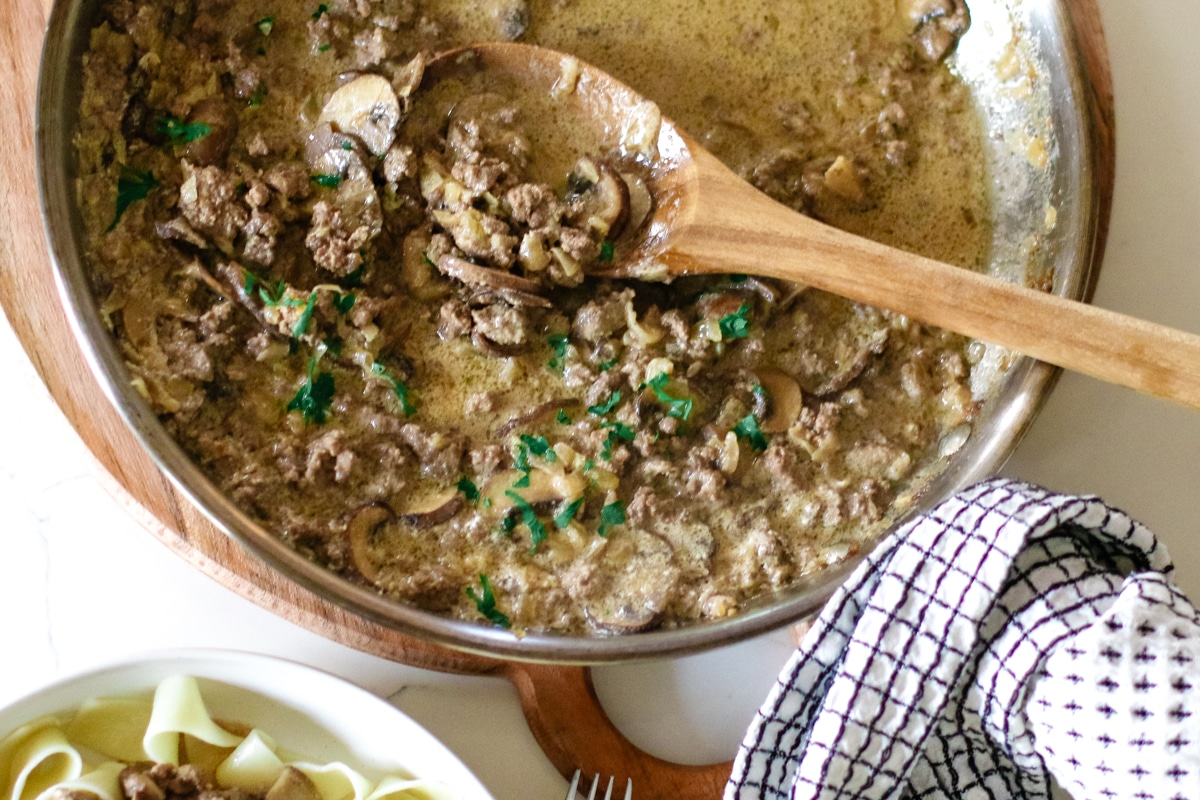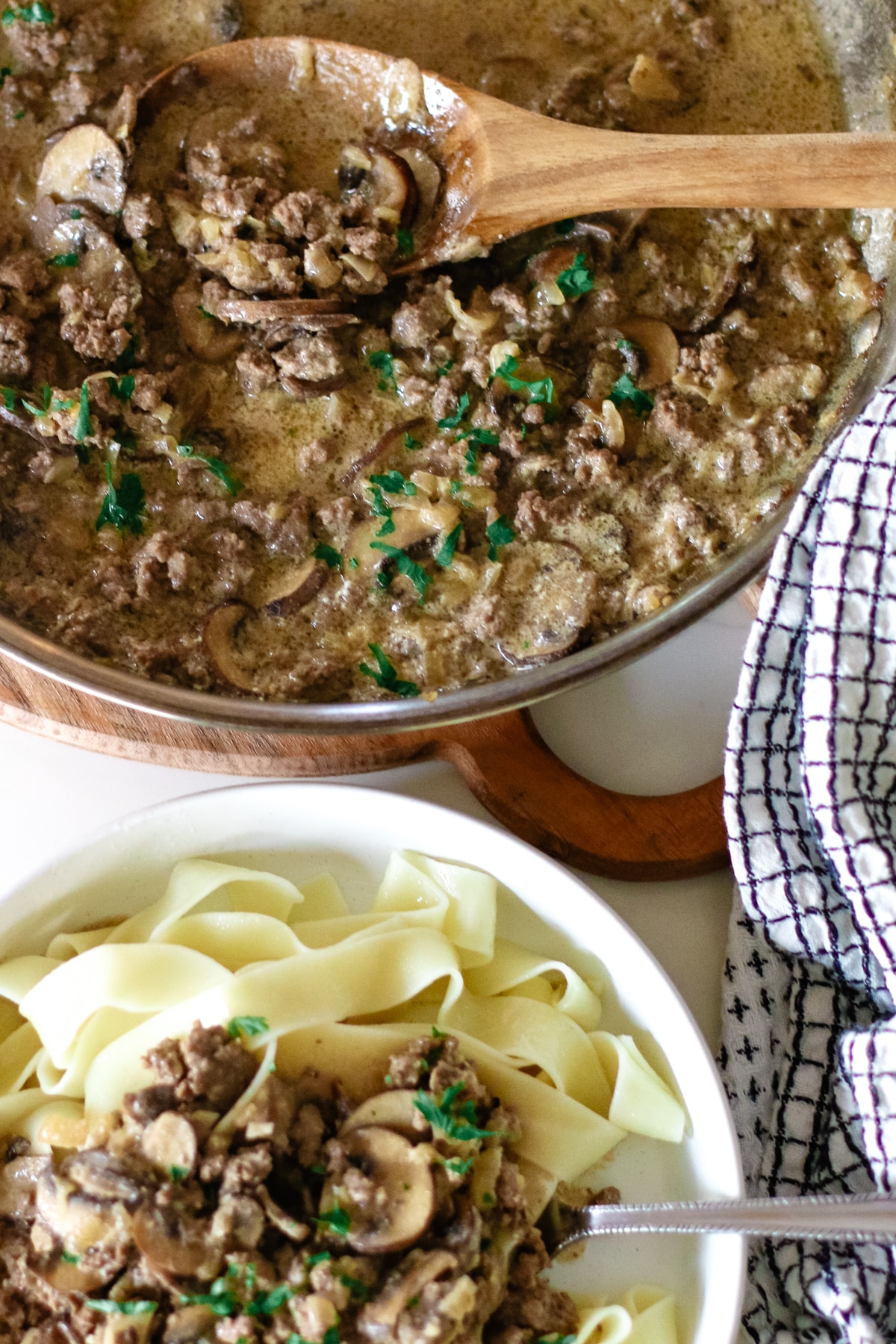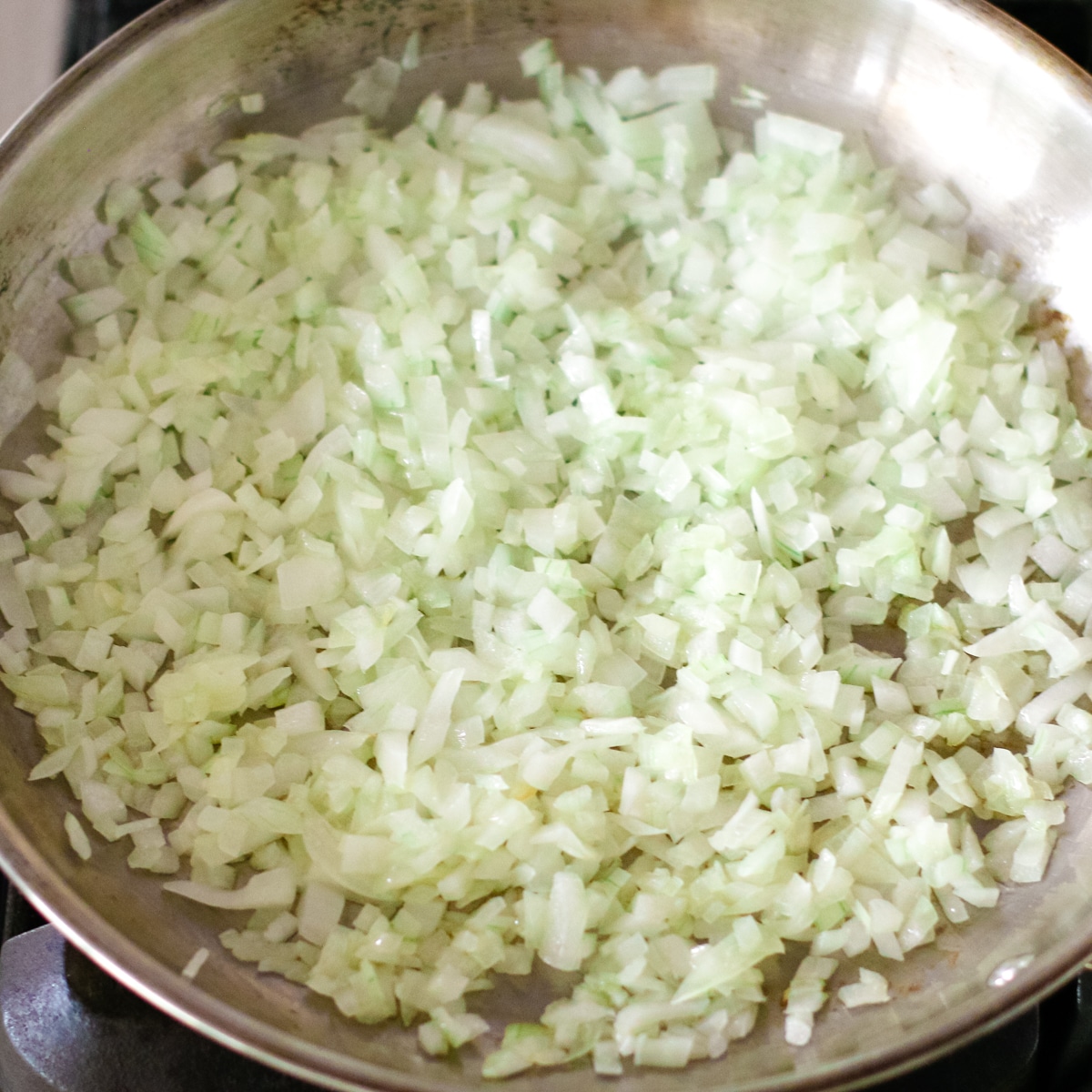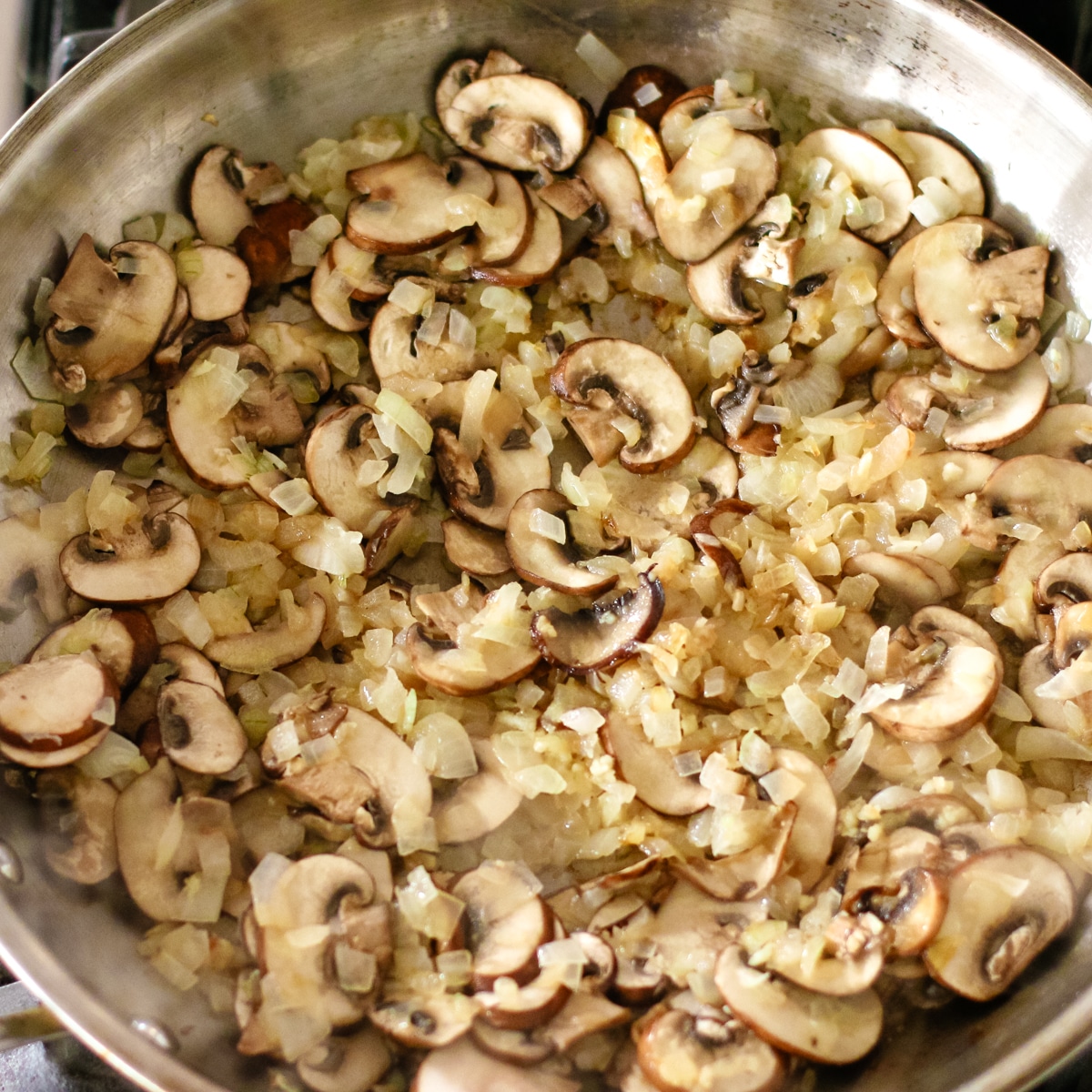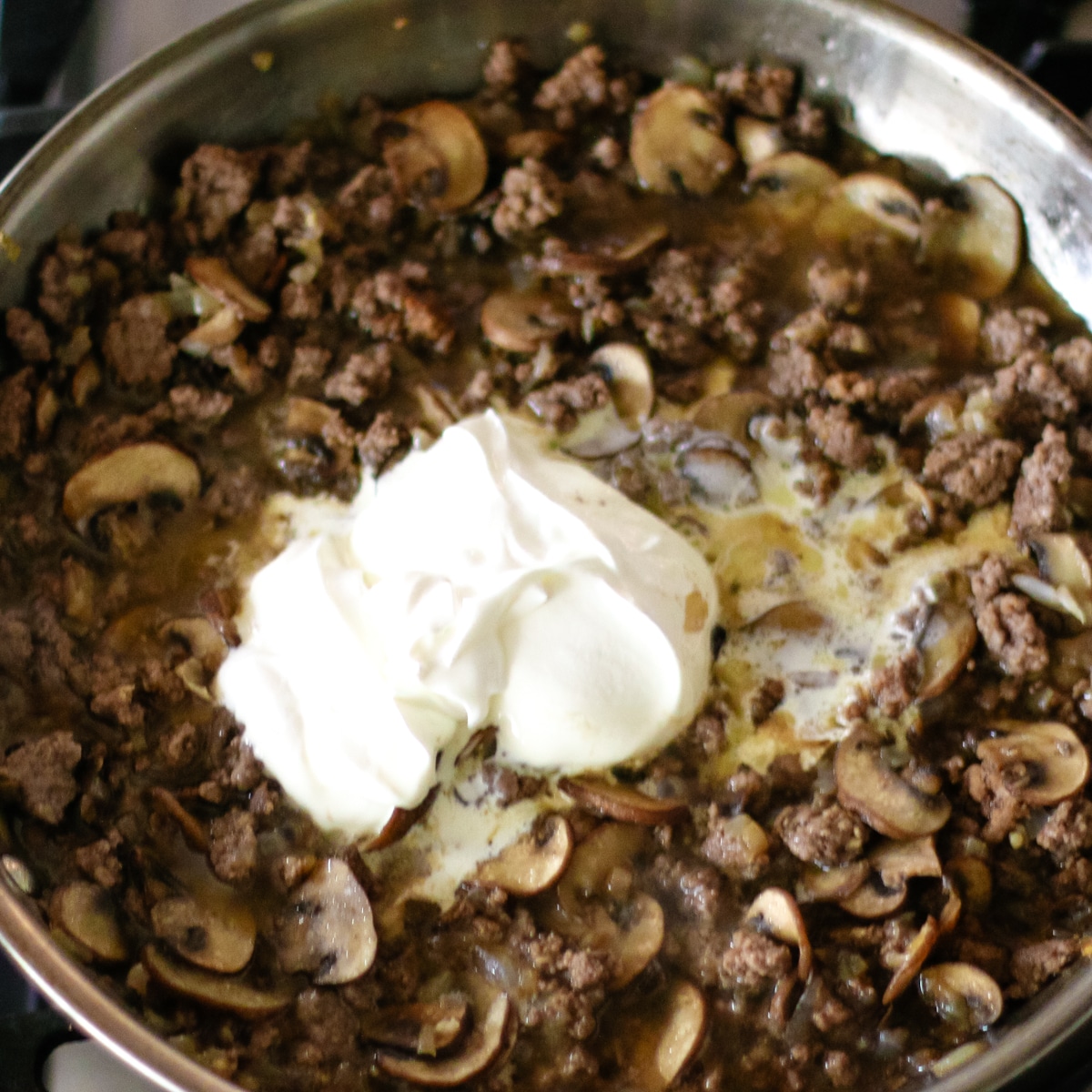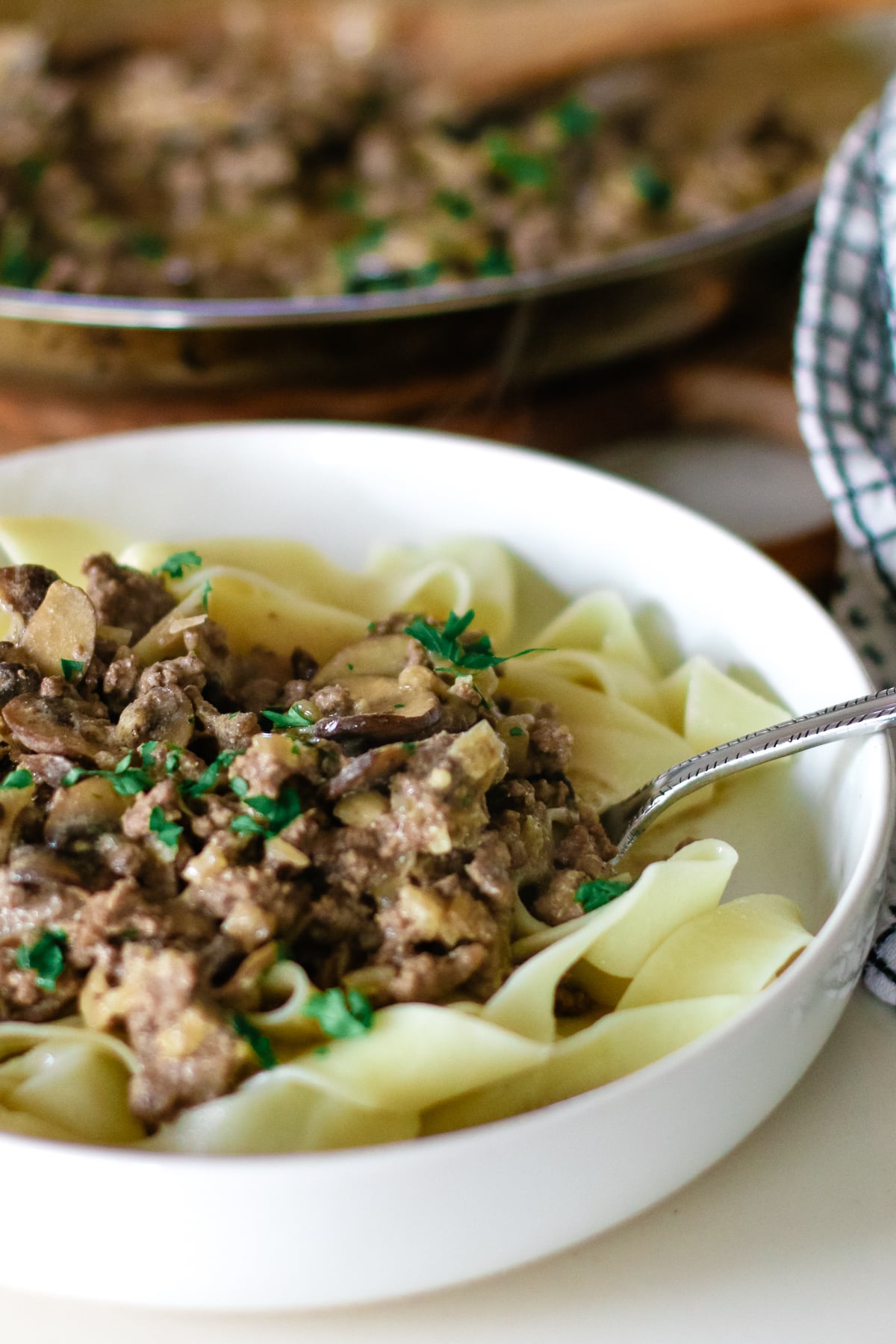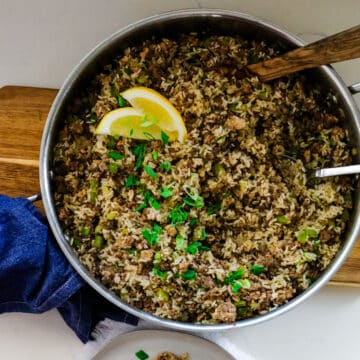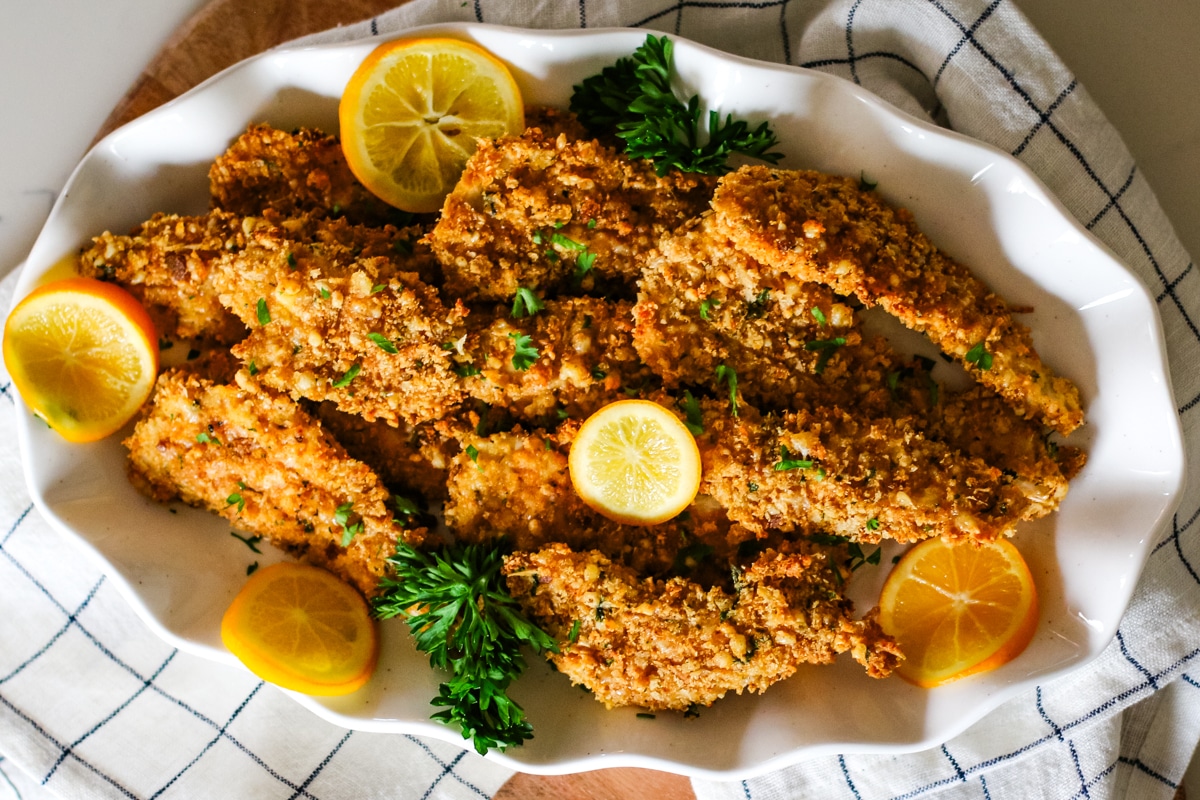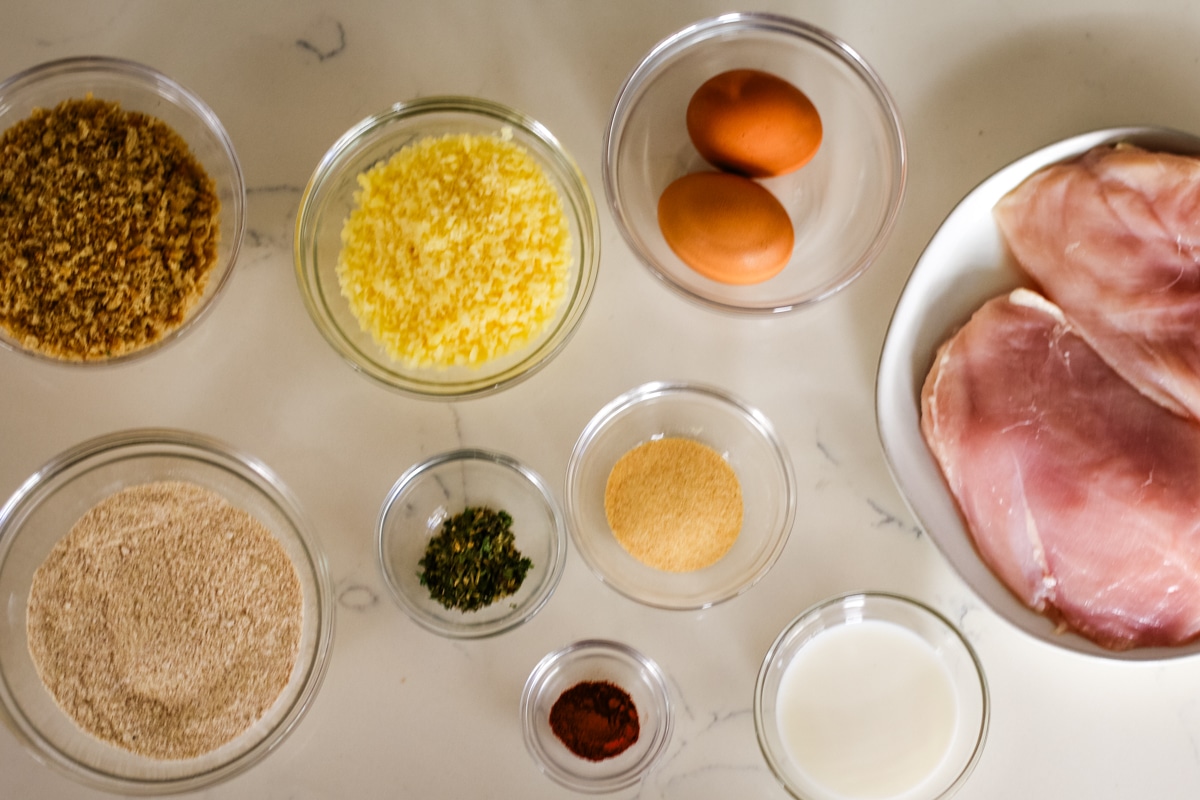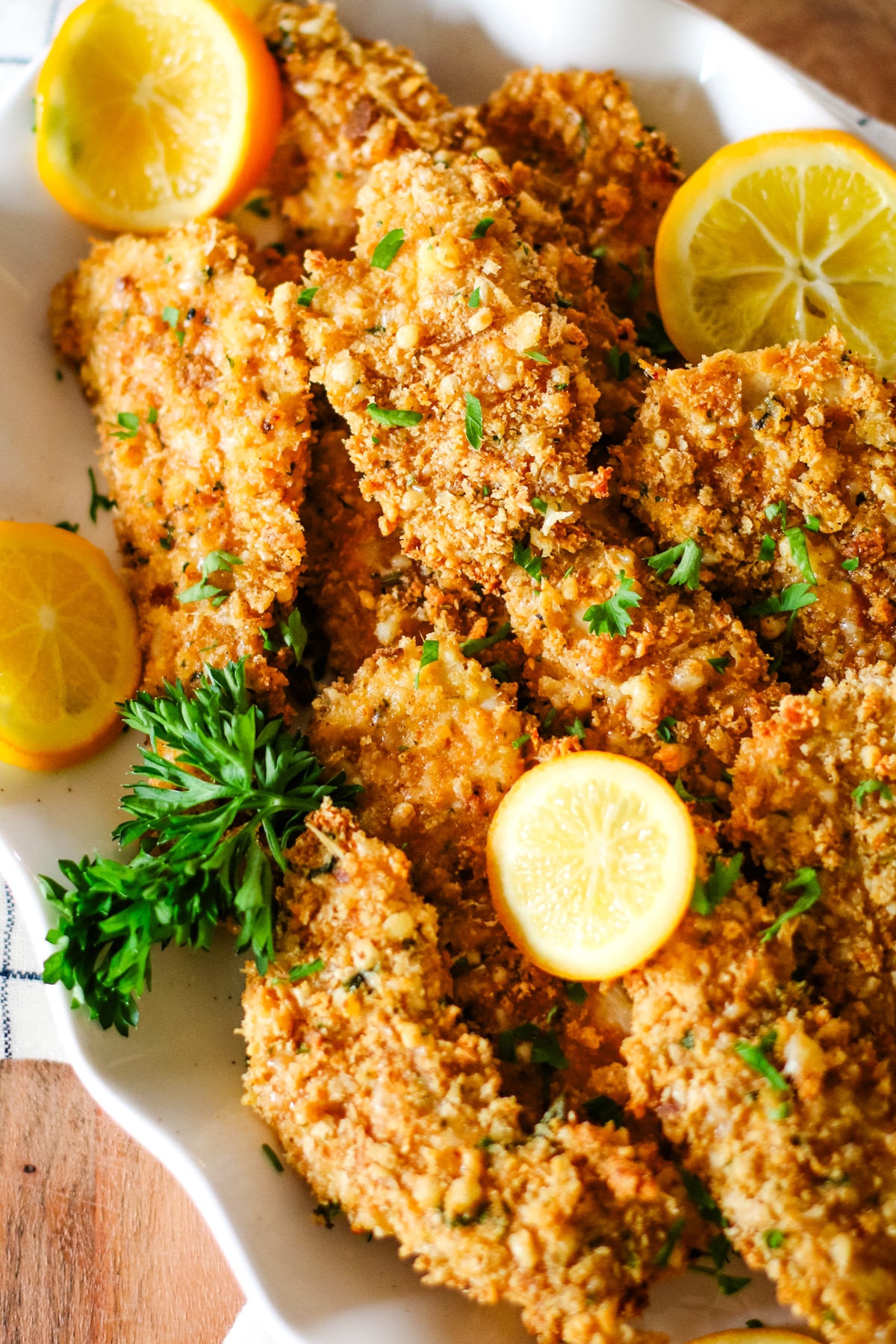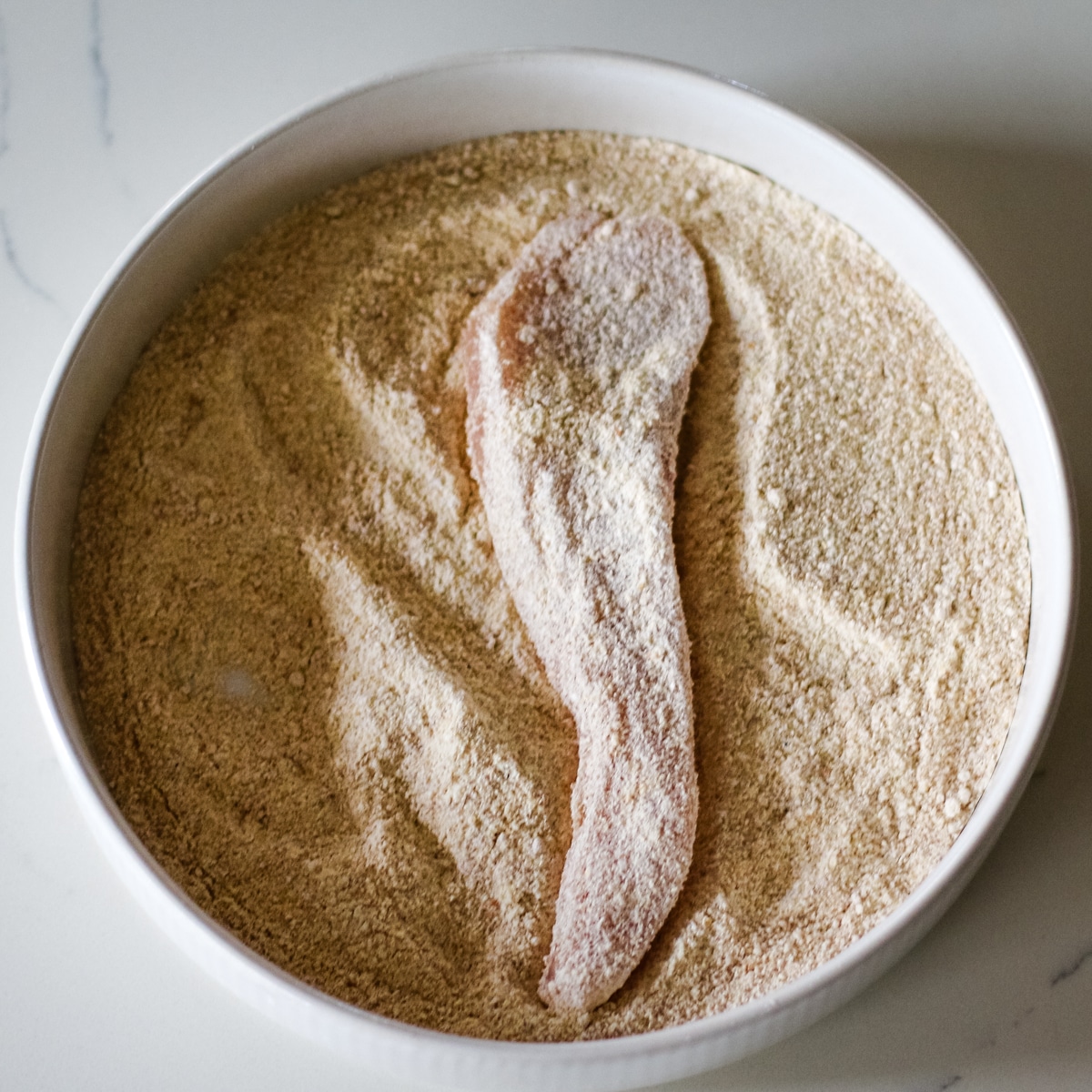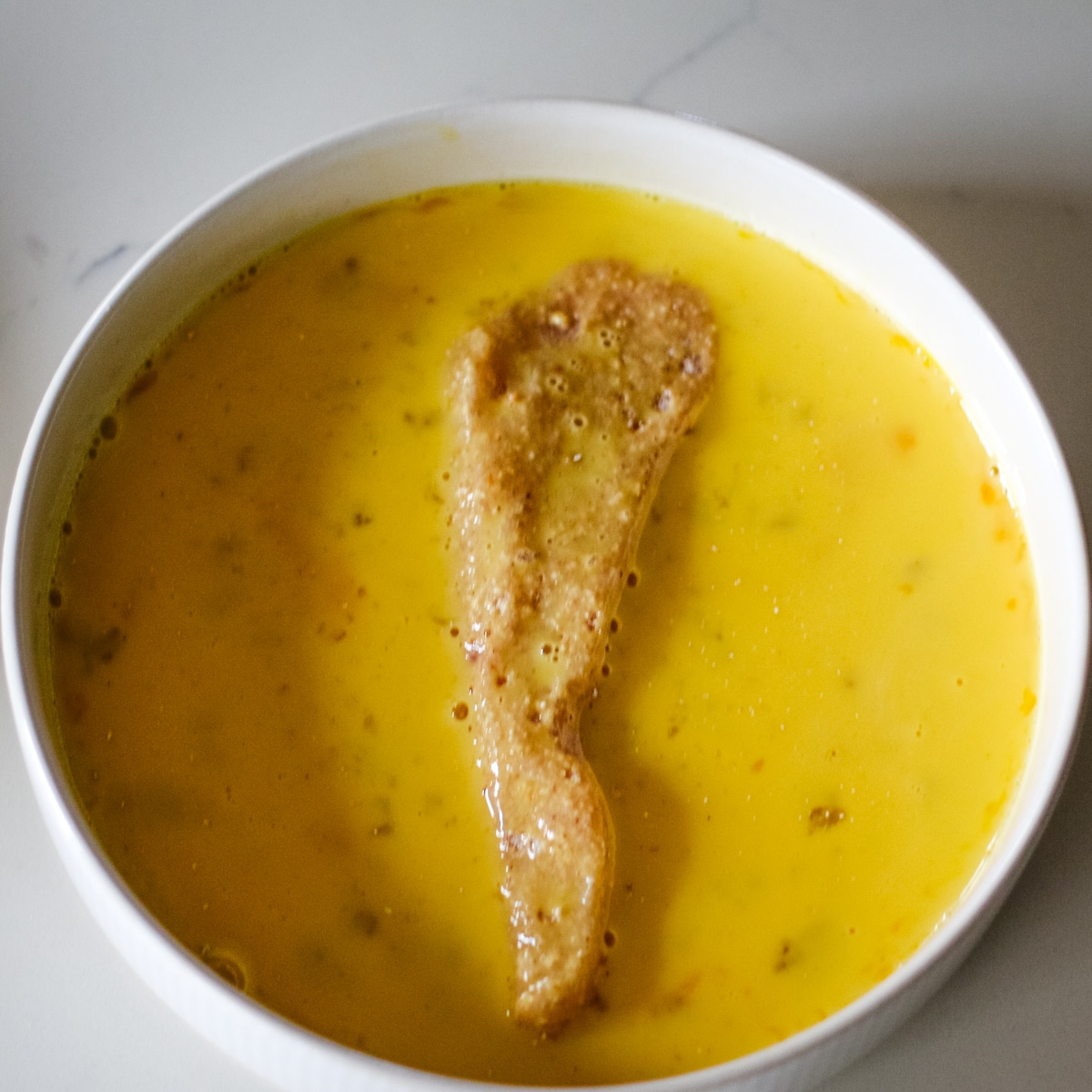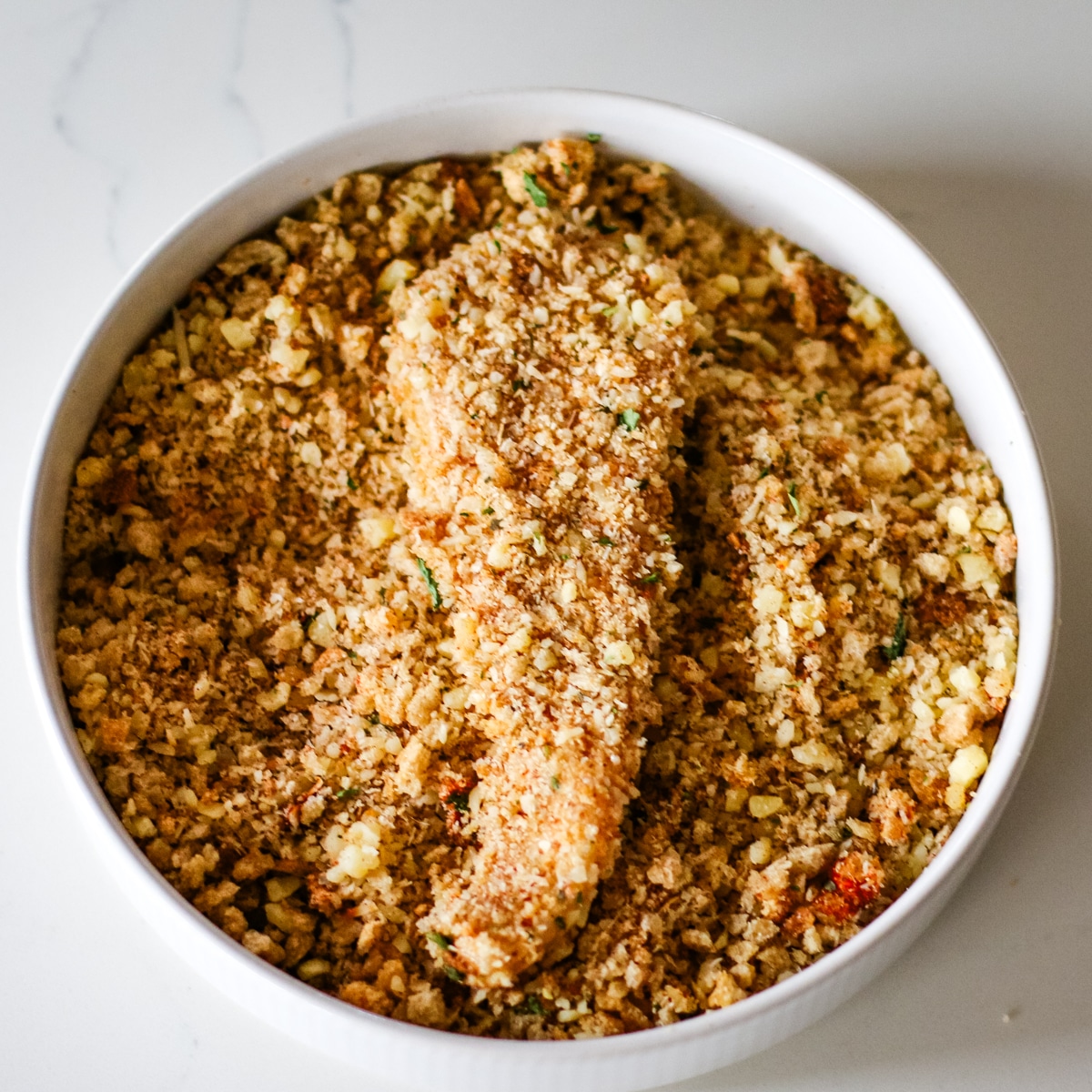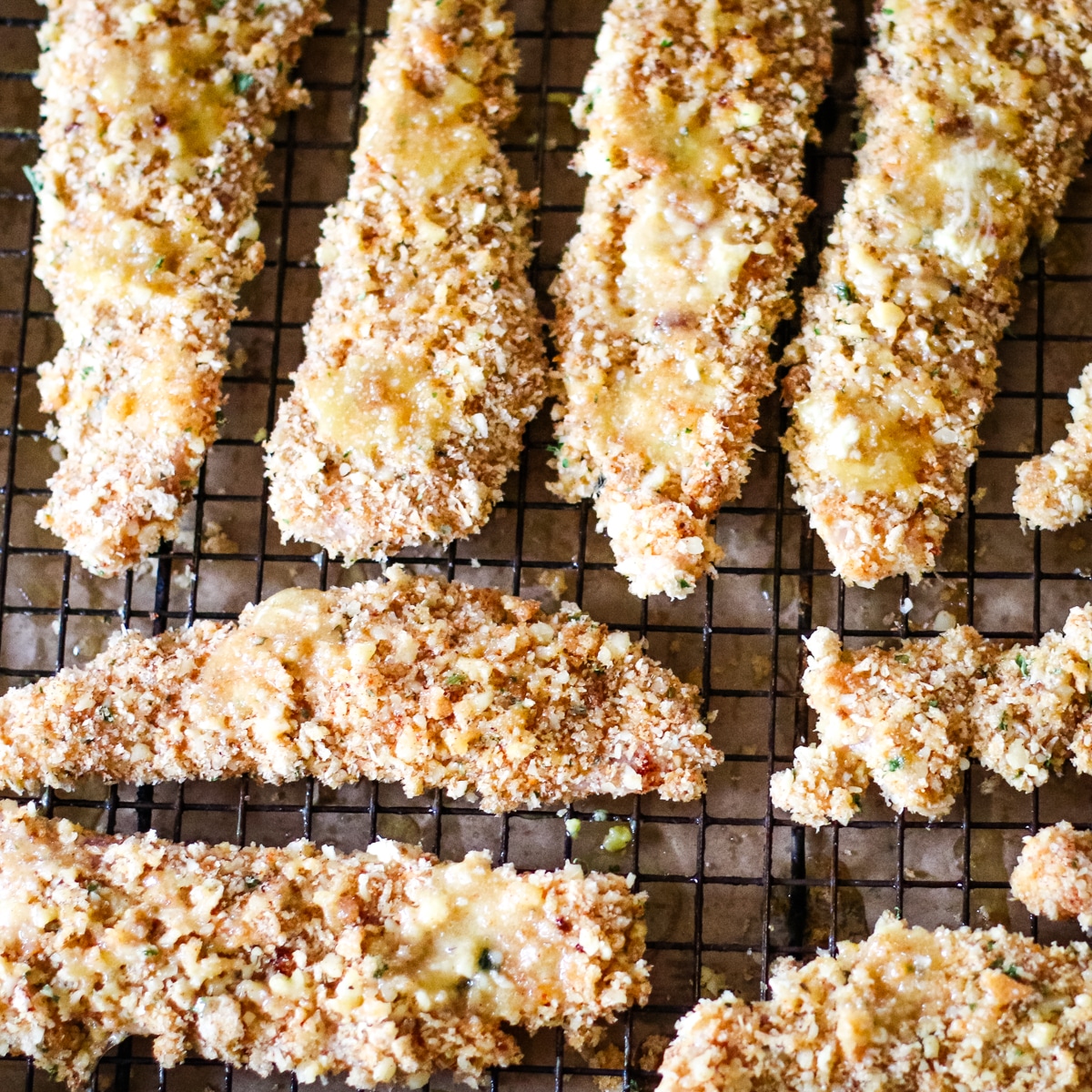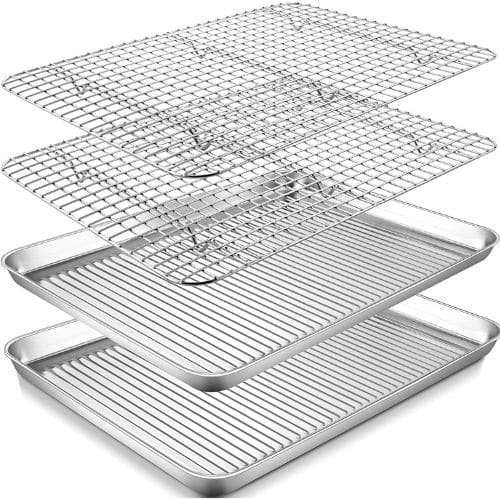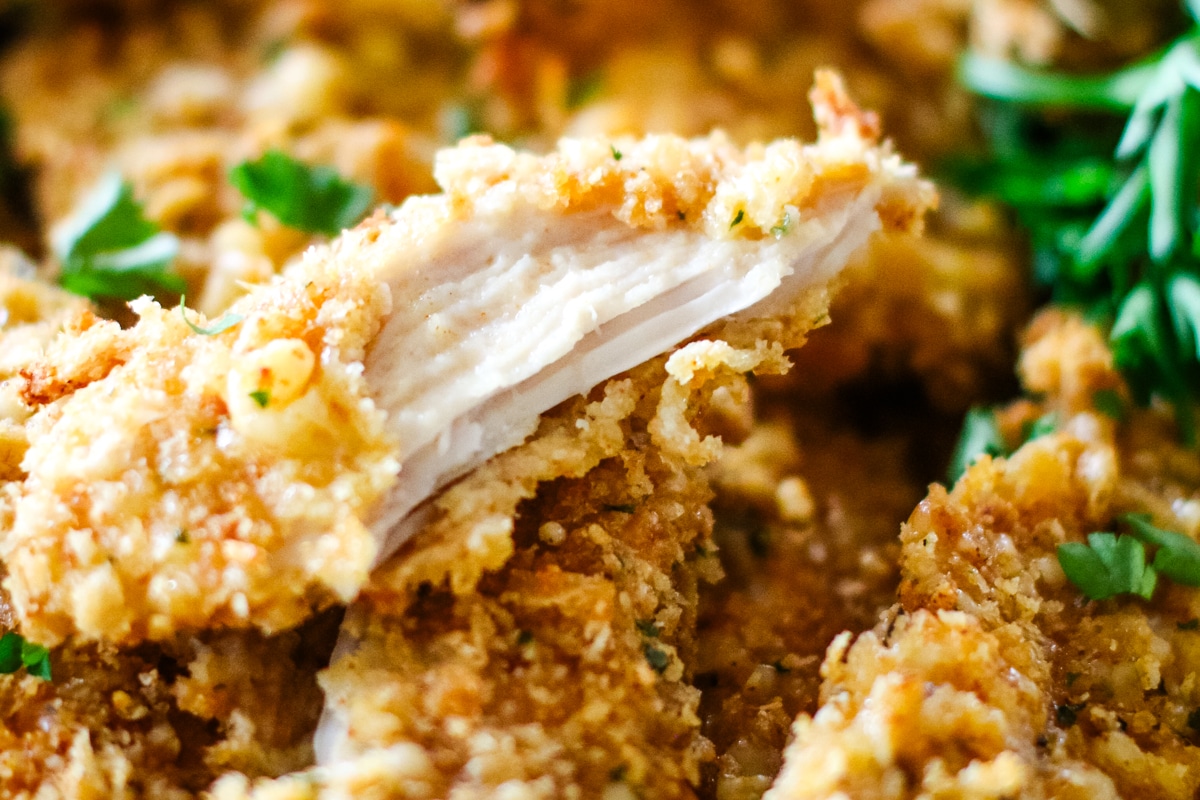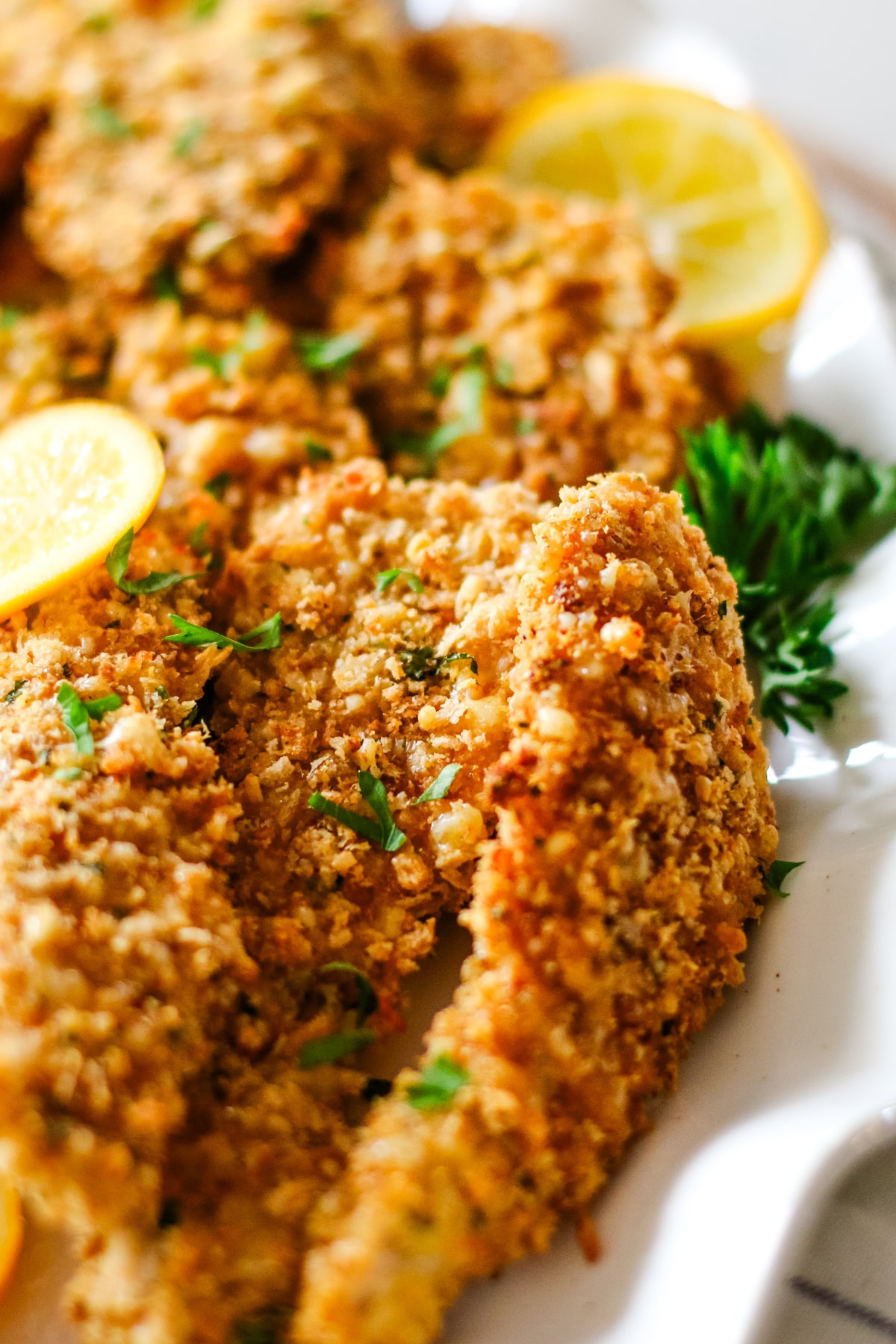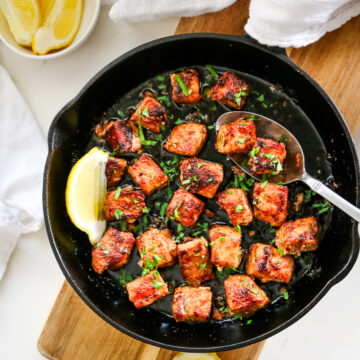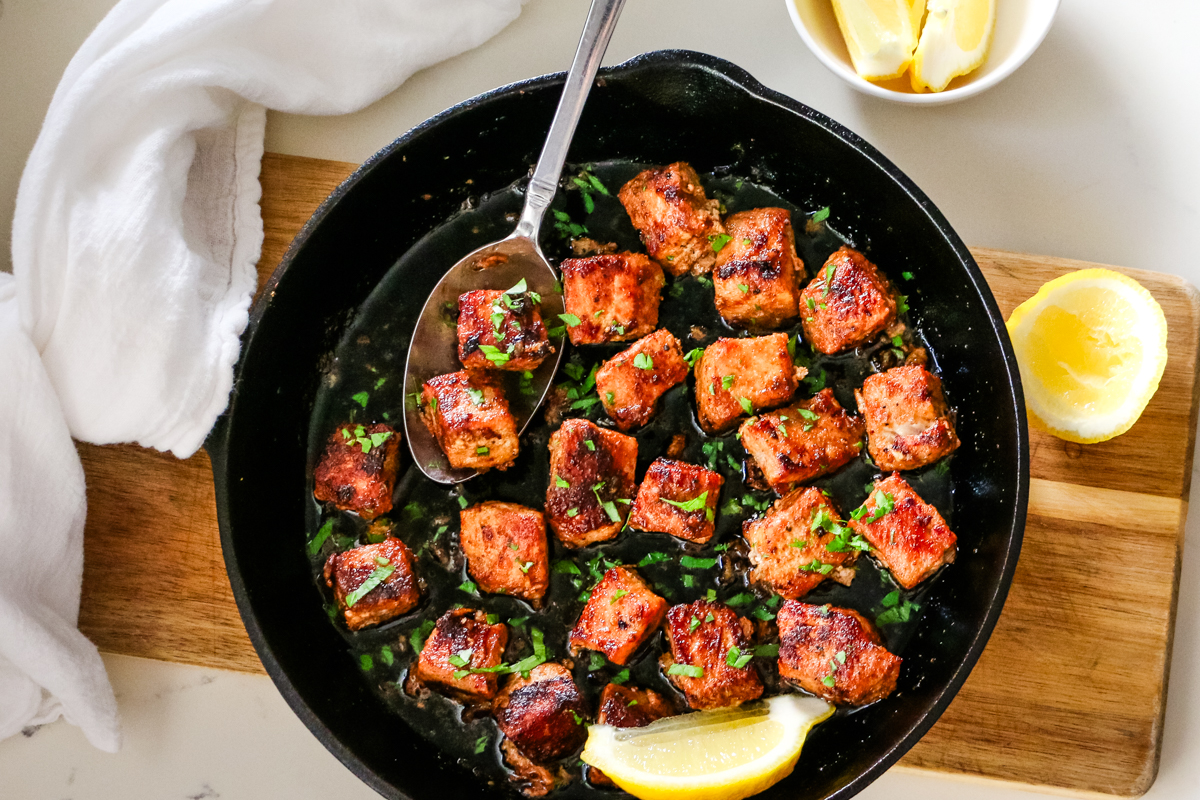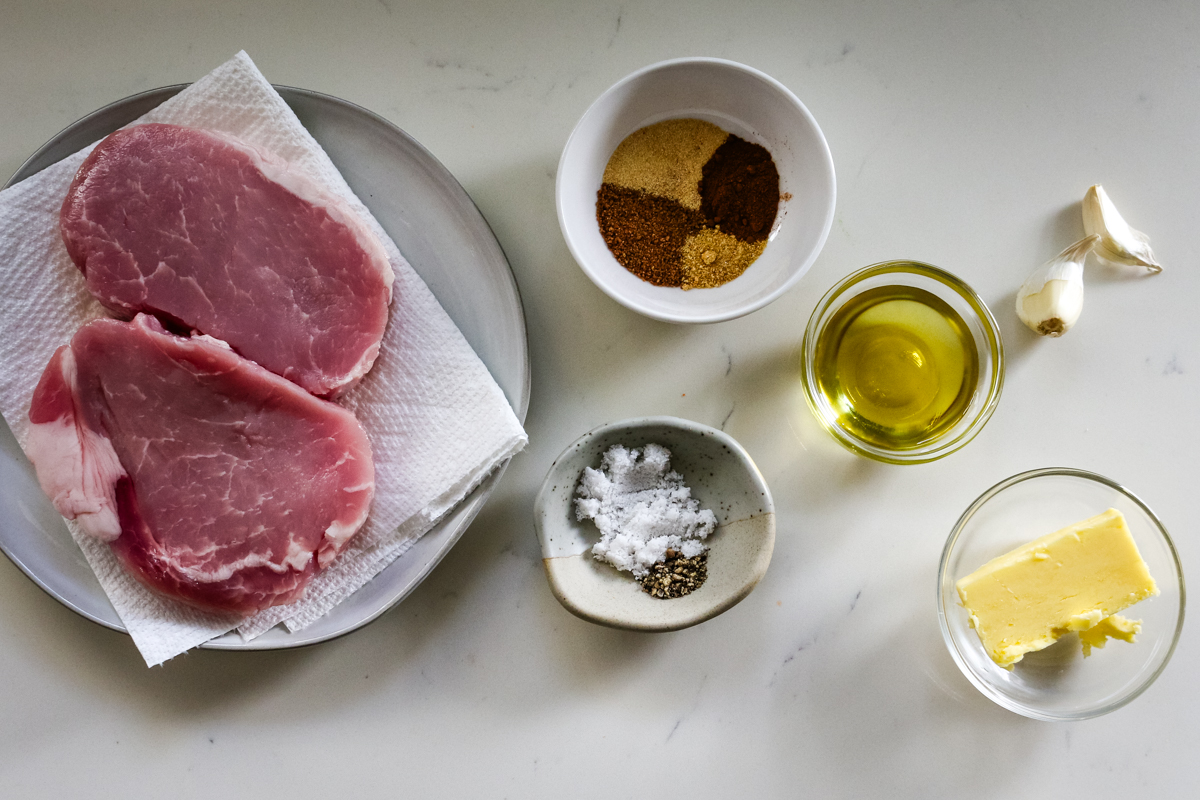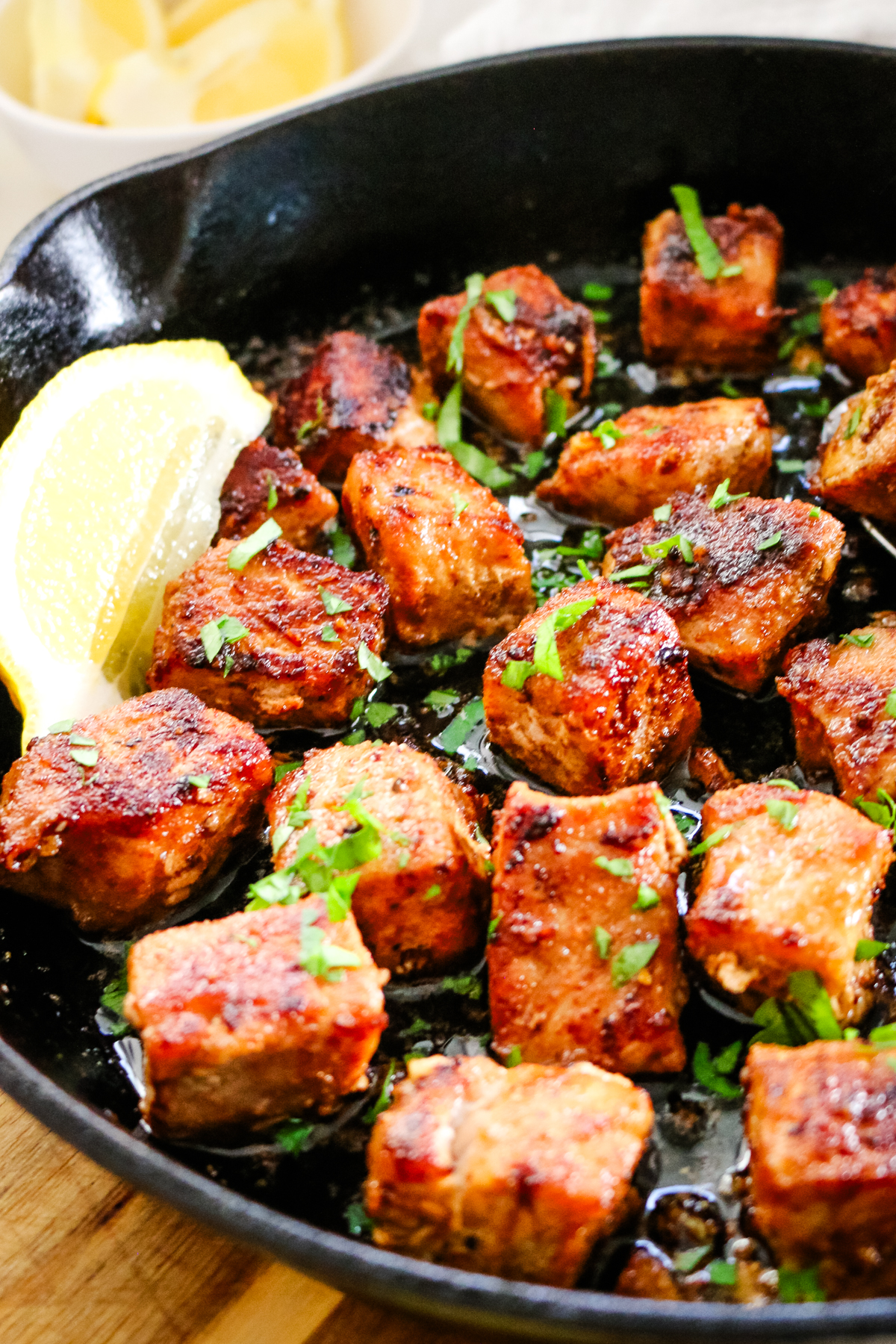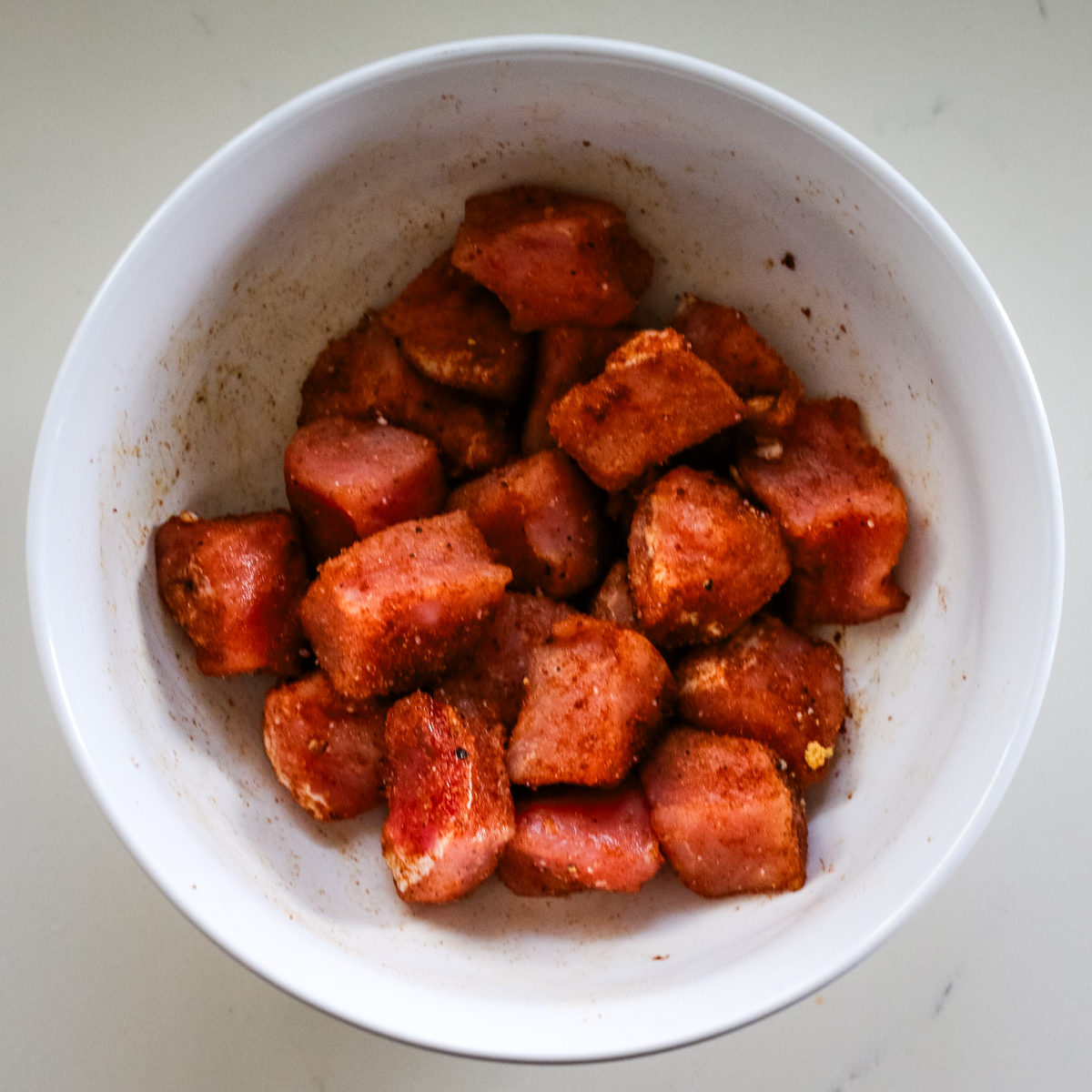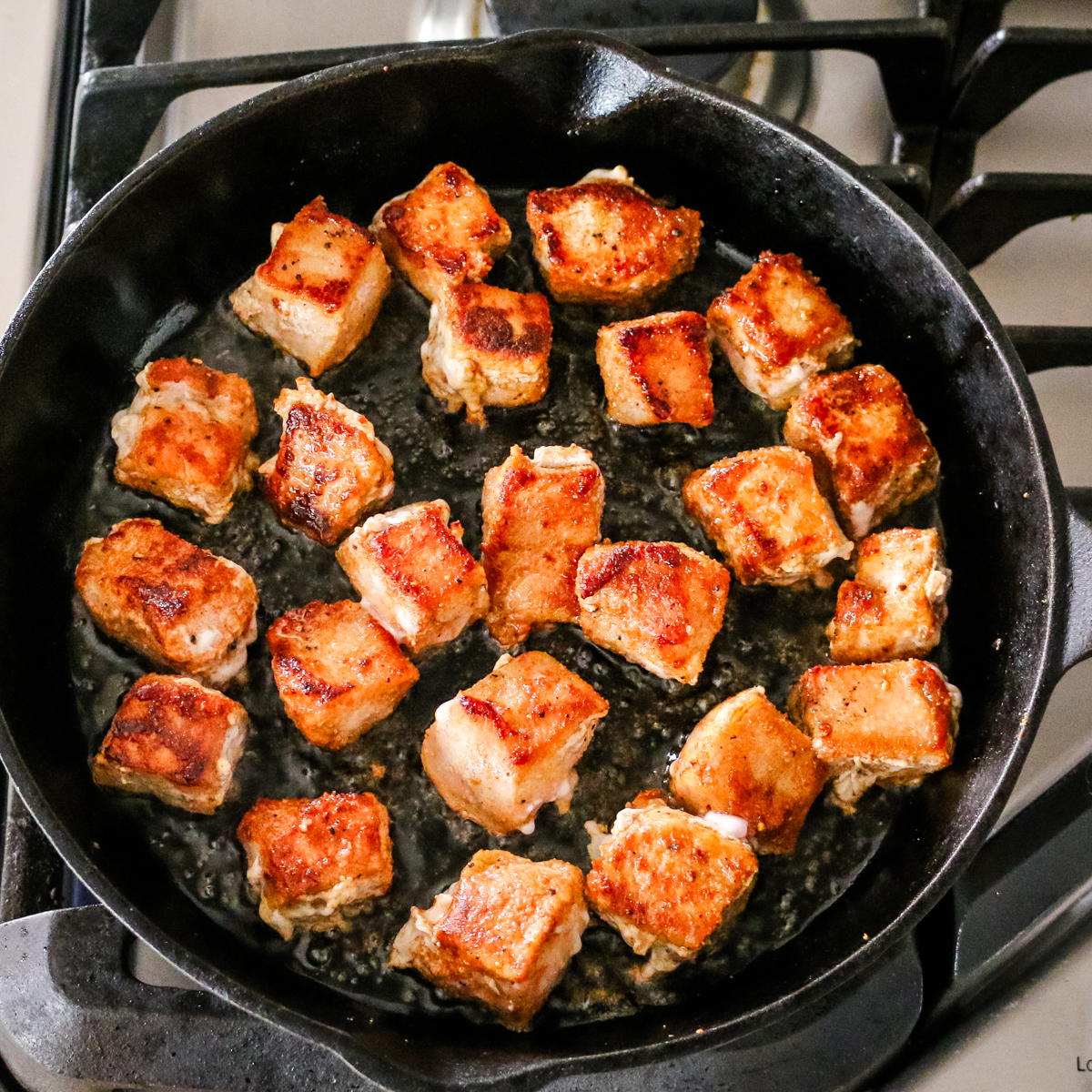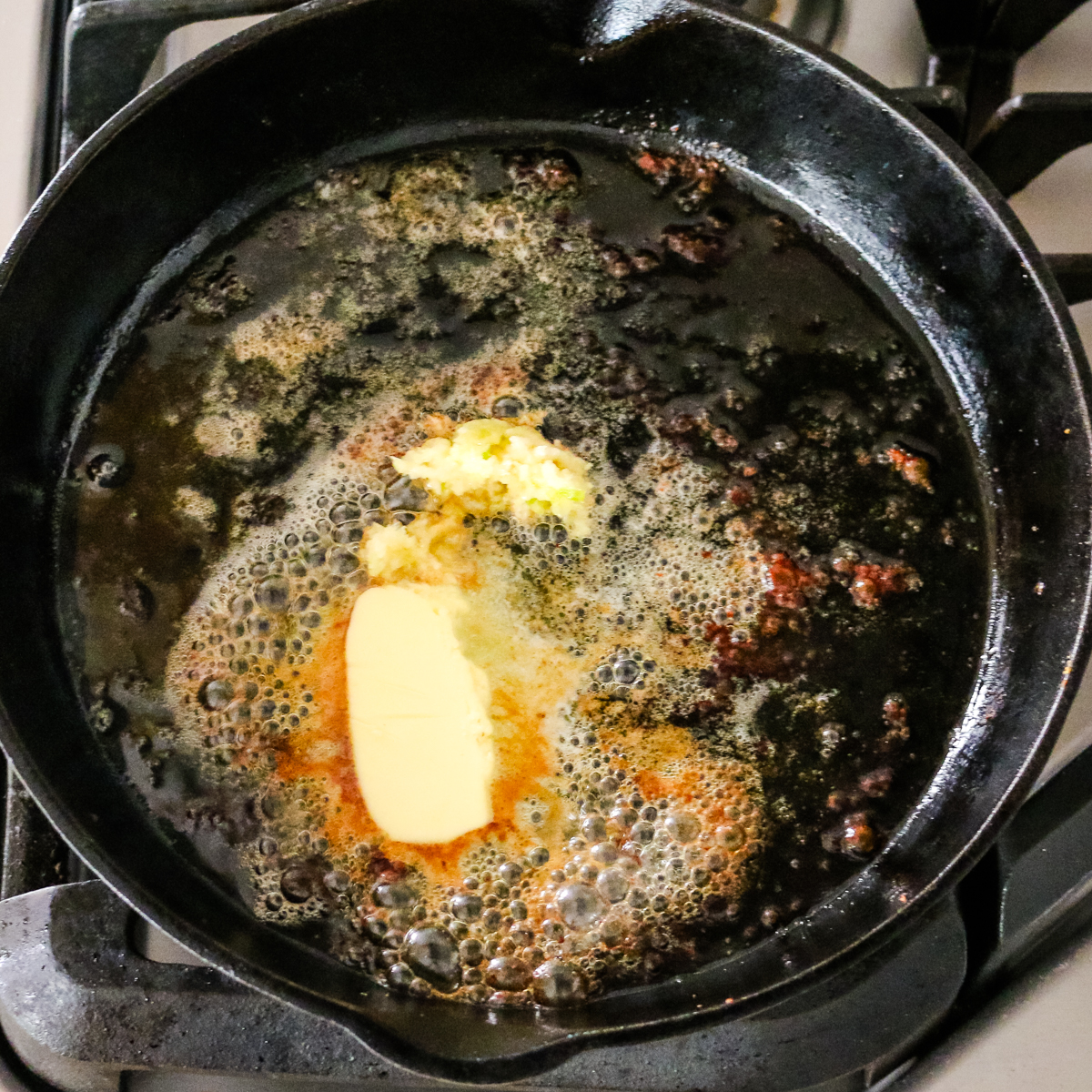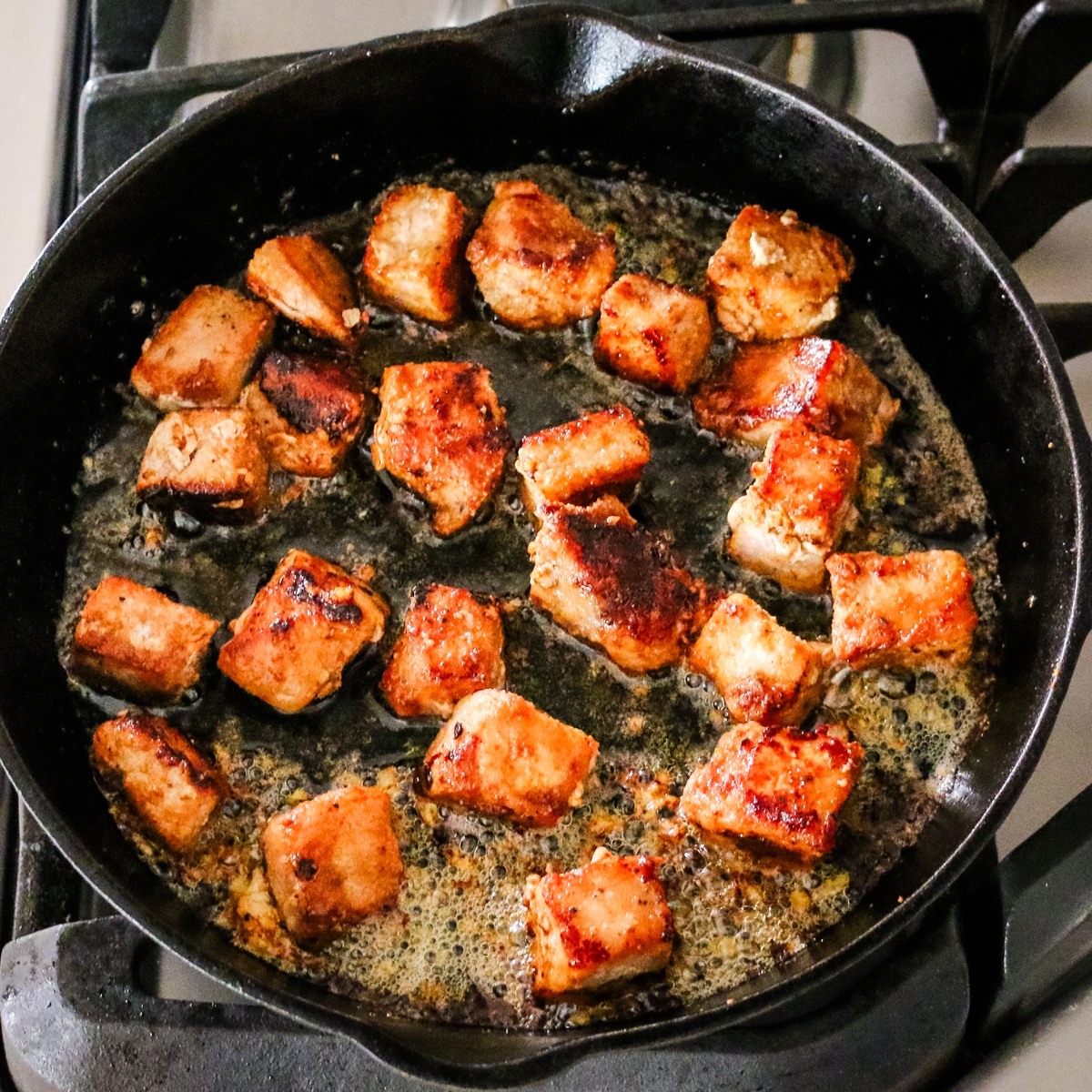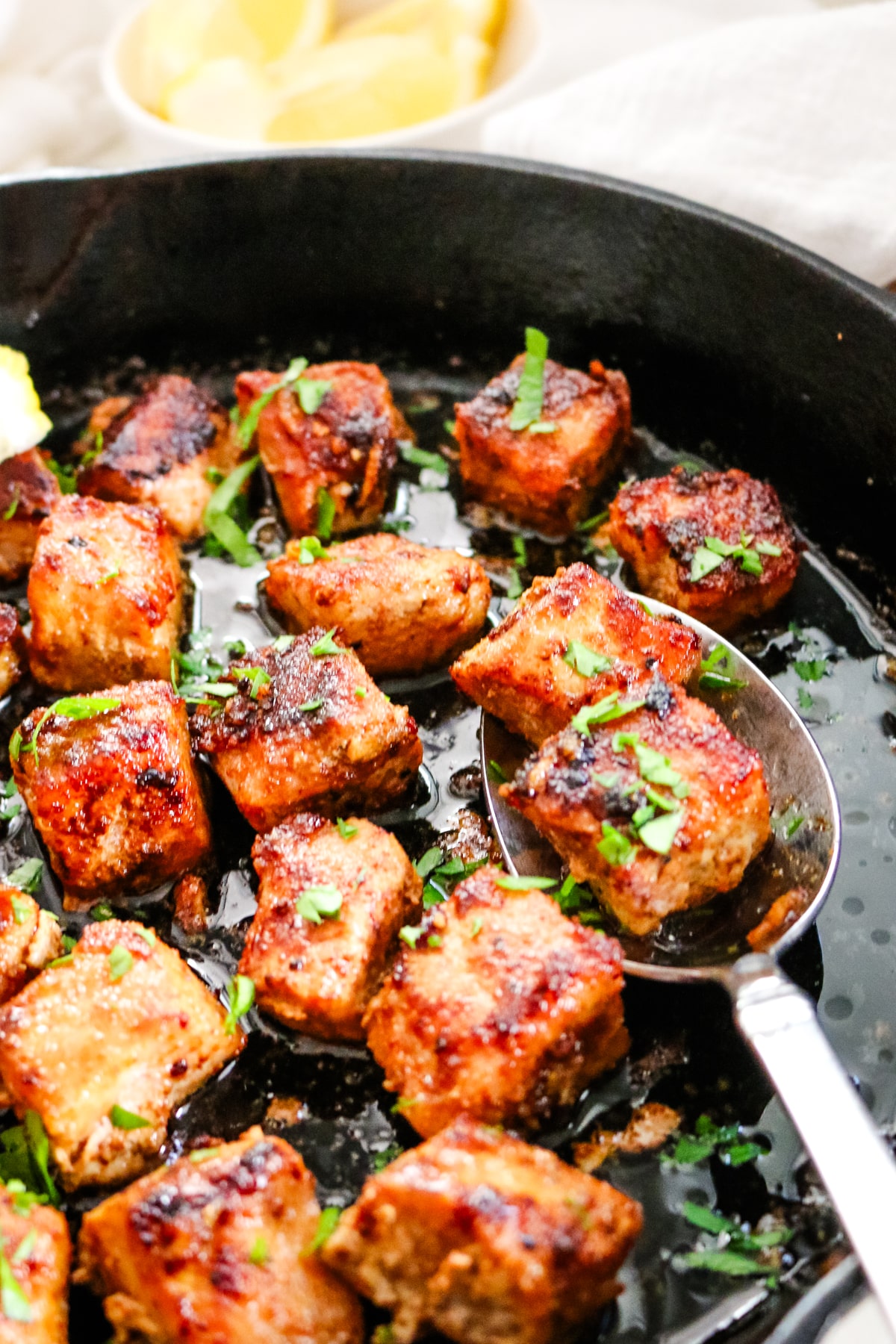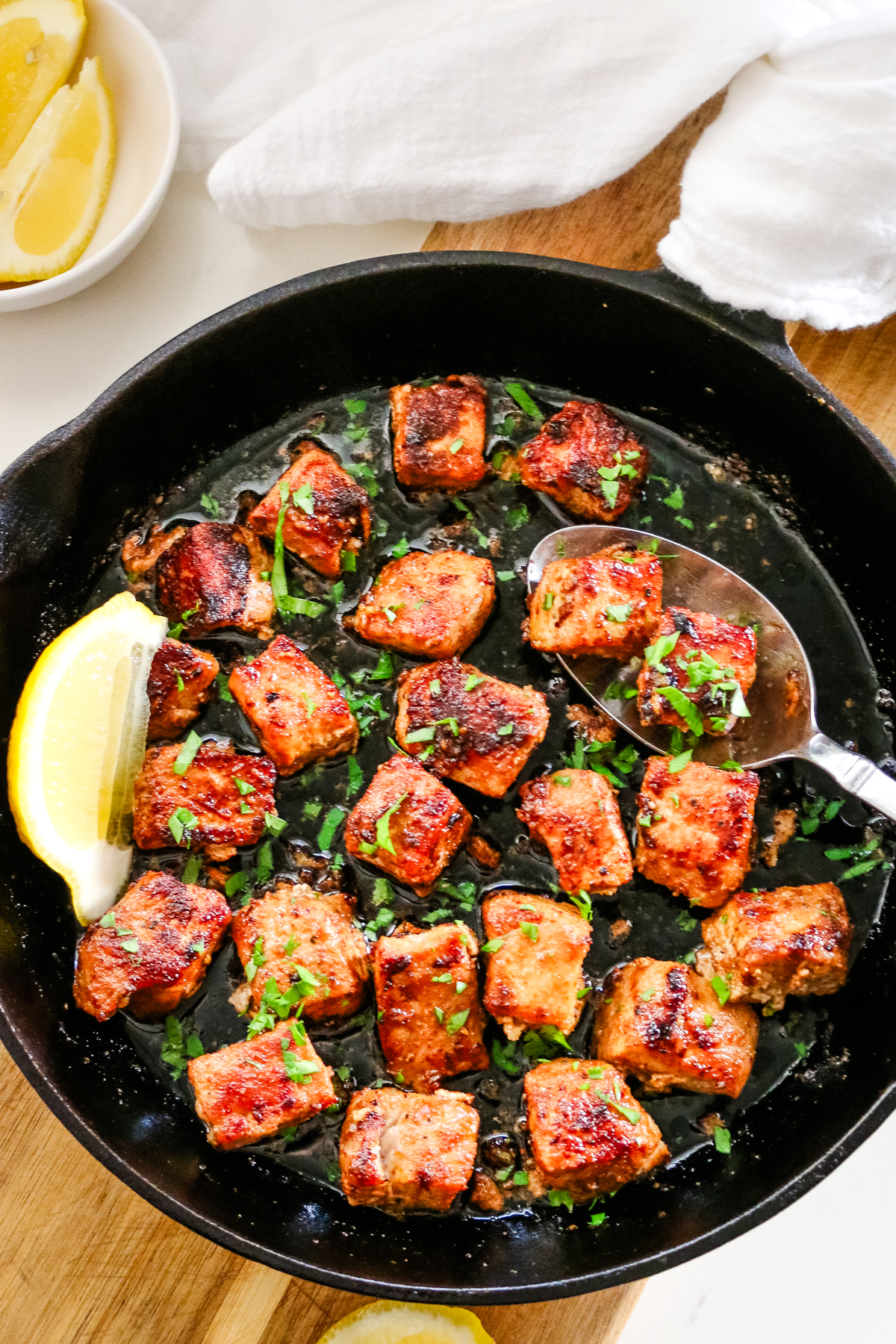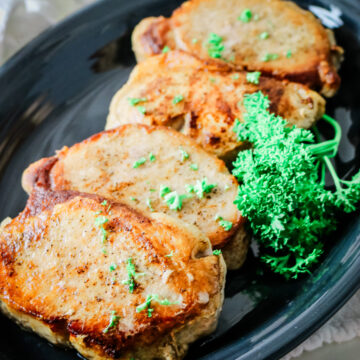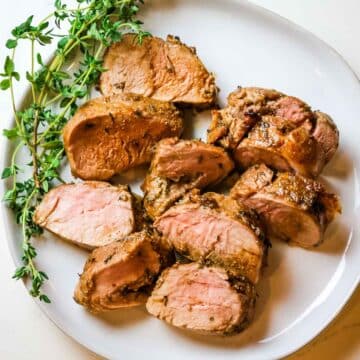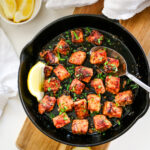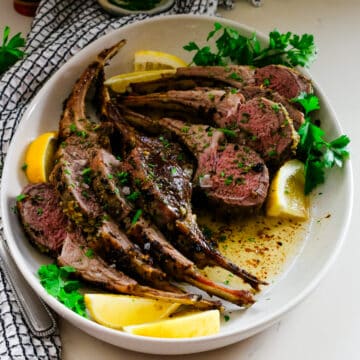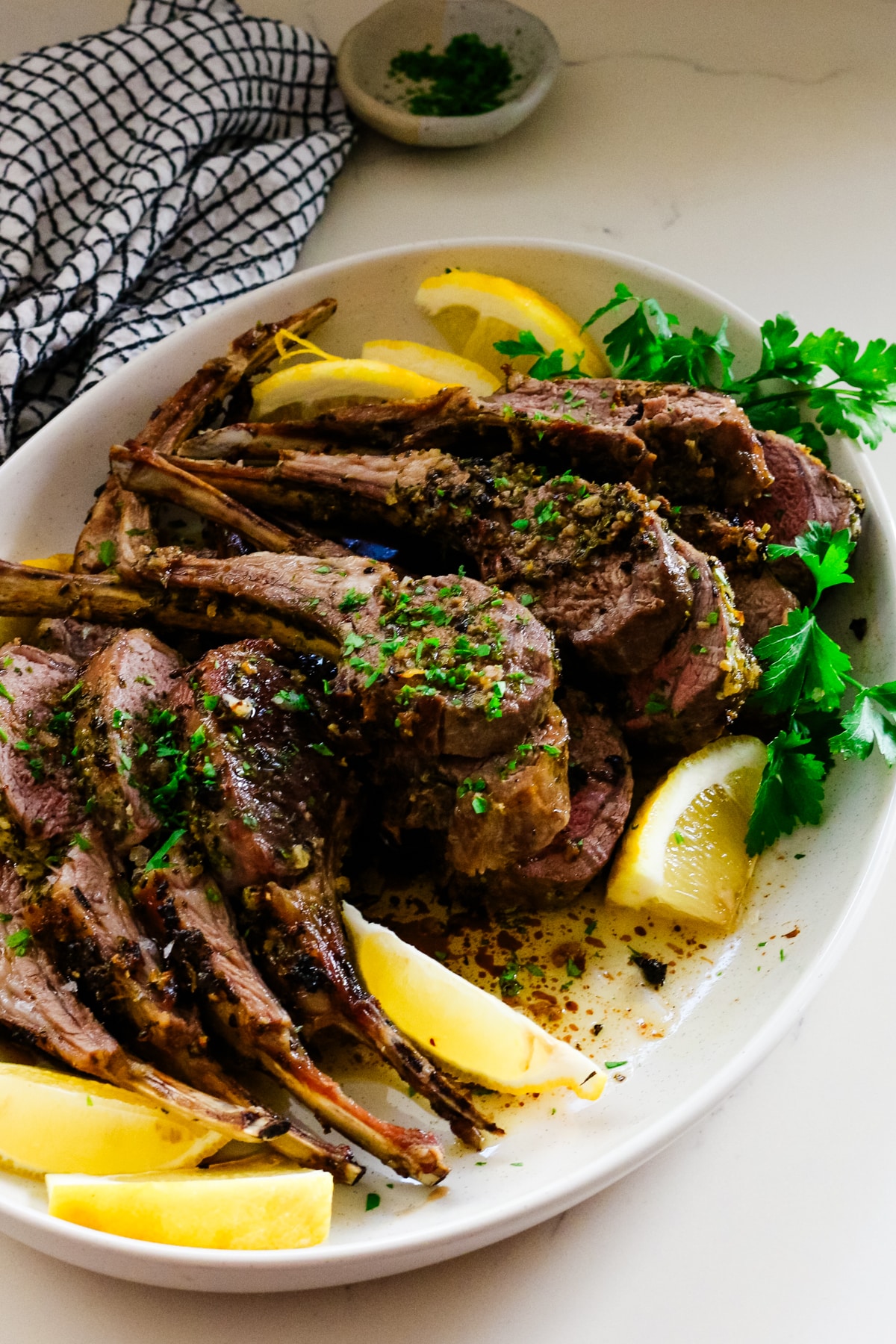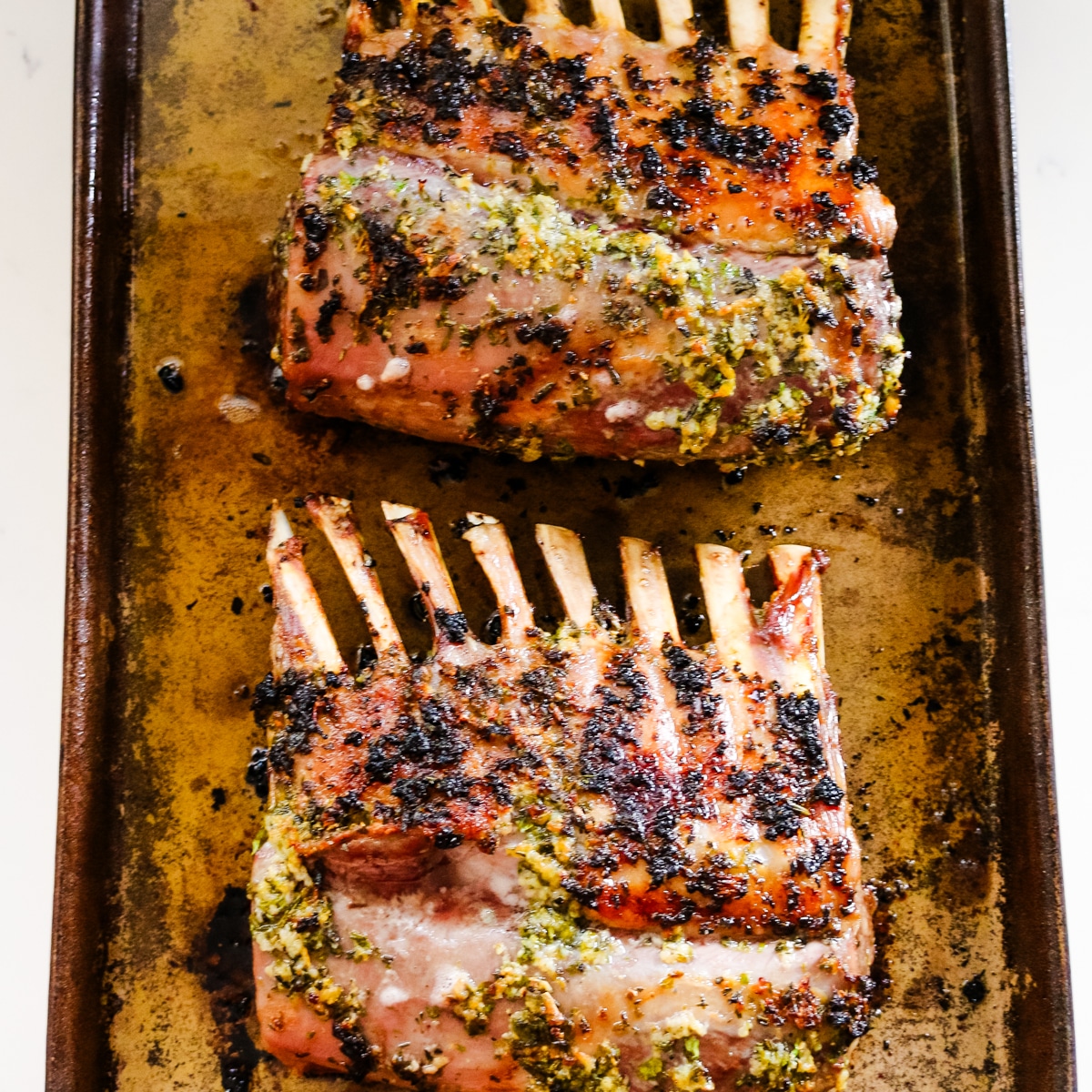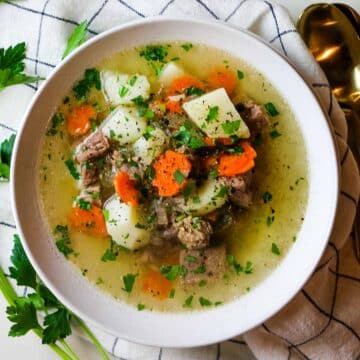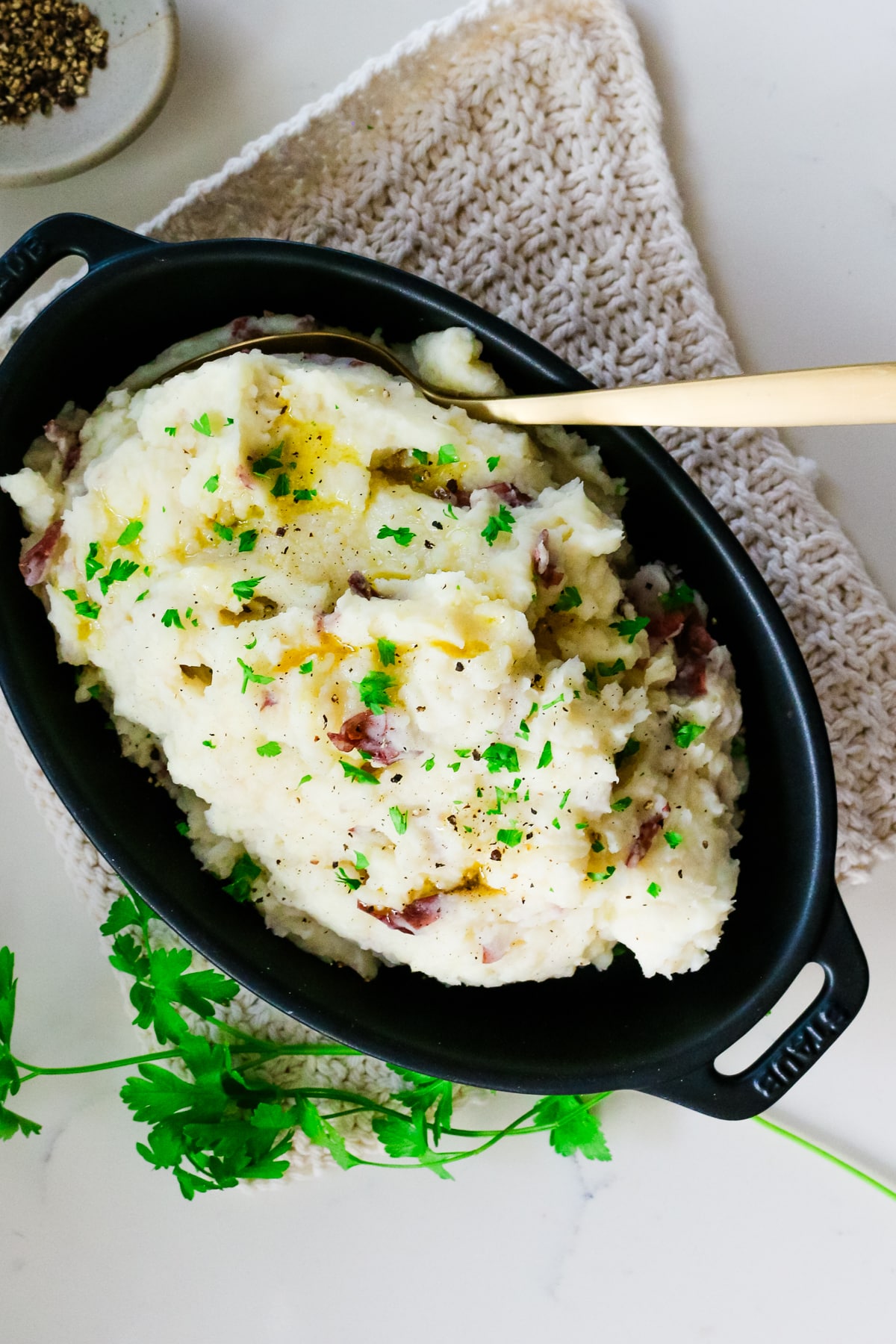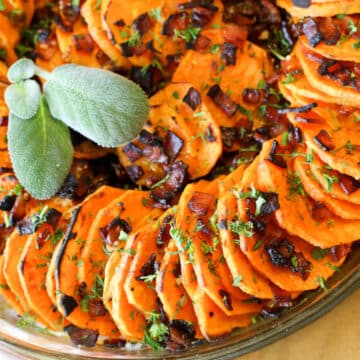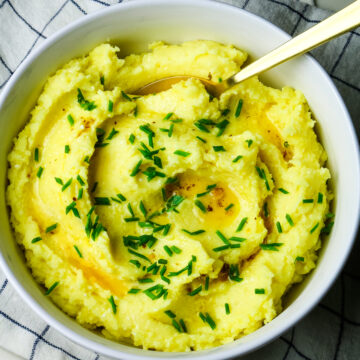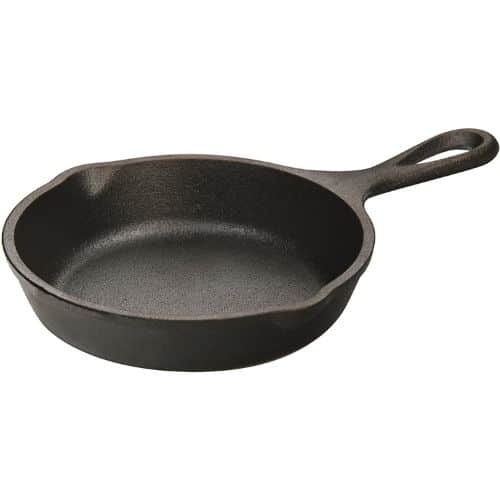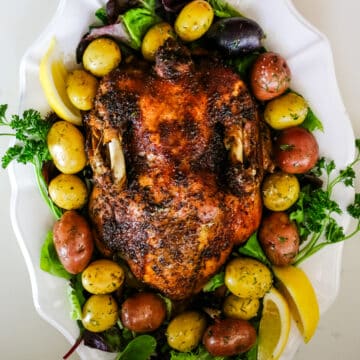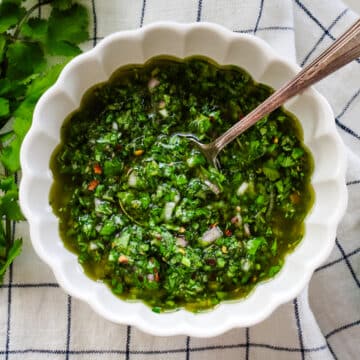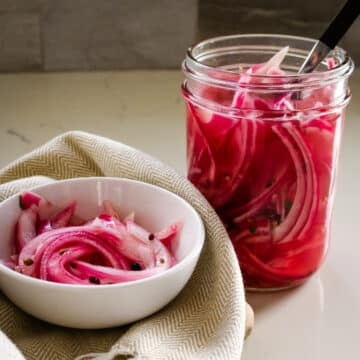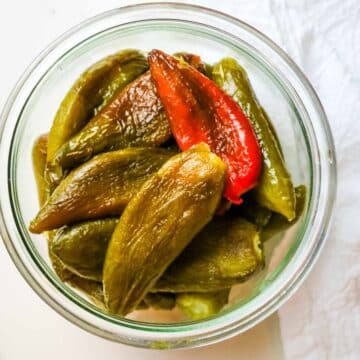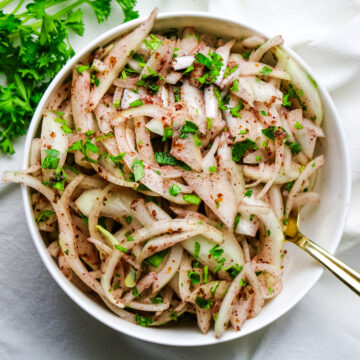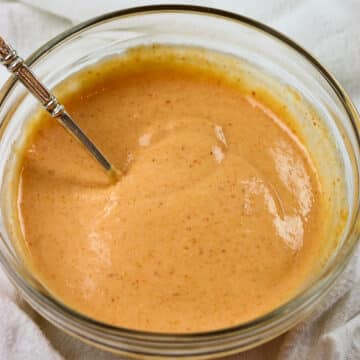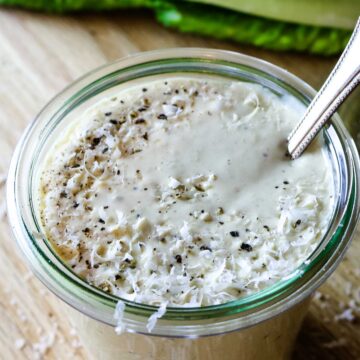Learn how to make breadcrumbs from using up day-old bread while controlling ingredients. This homemade breadcrumbs recipe is seasoned with garlic, onion, and parsley; and is versatile for baking, coating, or topping dishes.
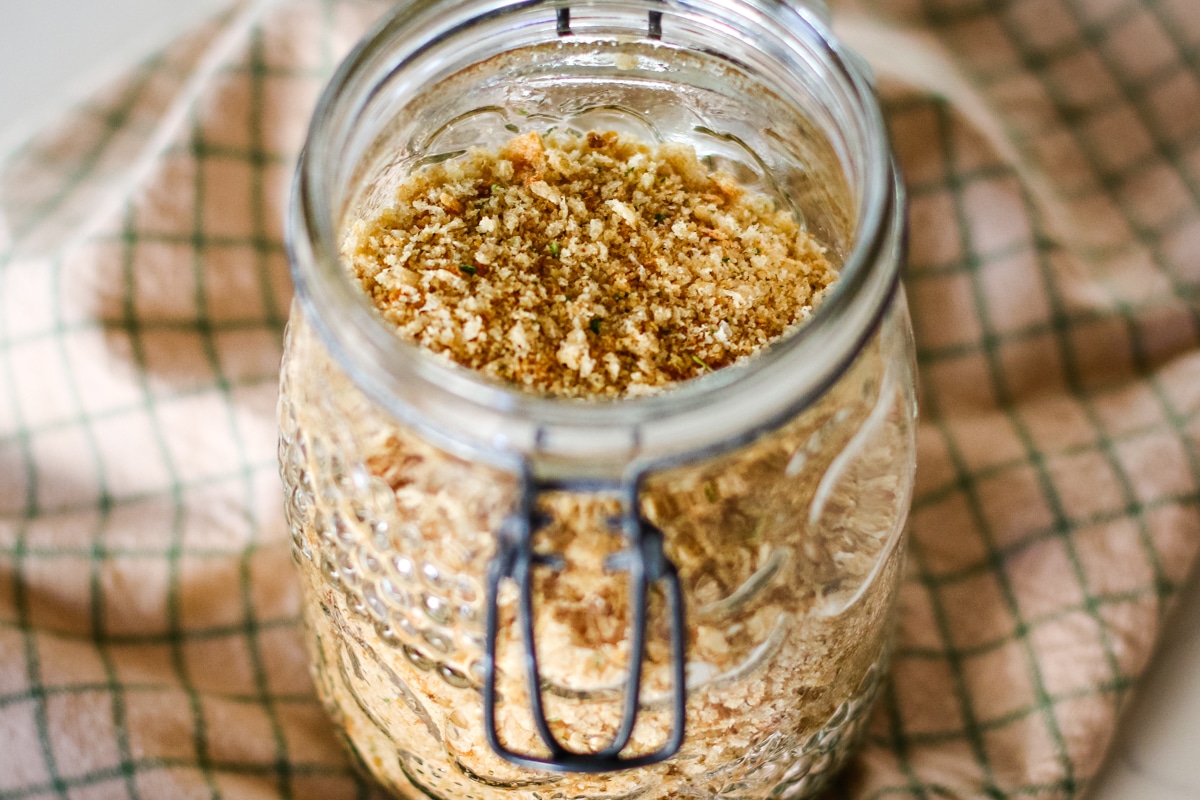
Looking for more homemade staples?[feast_advanced_jump_to]
Check out healthy marshmallows, condensed milk recipe, and homemade ranch seasoning.
💡Recipe Overview
- Prep and Cook Time: 5 minutes to prep
- Dietary Info: Ancestral-friendly with fresh-milled flour
- Tools Needed: Food processor or blender
- Skill Level: Easy
What is an ancestral diet? Read my post on what nourishing foods are based on the traditional dietary principles of the Weston A. Price Foundation.
Reasons to Love this Homemade Breadcrumbs
Let’s be real - store-bought breadcrumbs are fine if you’re into… mystery flour, additives, and preservatives.
But homemade breadcrumbs? That’s where the magic happens. You get to start with the highest nutrient-dense bread possible - for some people, it’s tangy, chewy sourdough. For me? Fresh-milled flour straight from the grain, baby. That’s right, I’m basically turning my kitchen into a nutrient-packed flour mill these days.
And the best part? You control everything. No mystery additives, no preservatives, just pure, crunchy, flavor-packed goodness. Toast them, blitz them, sprinkle them on anything that could use a little extra crunch- and feel proud while doing it. Because these breadcrumbs aren’t just breadcrumbs - they’re superpowered, homemade, good-for-your-soul breadcrumbs.
And I use them for everything from butternut squash gratin to chicken cutlets to kotleti.

Ingredients for Homemade Breadcrumbs
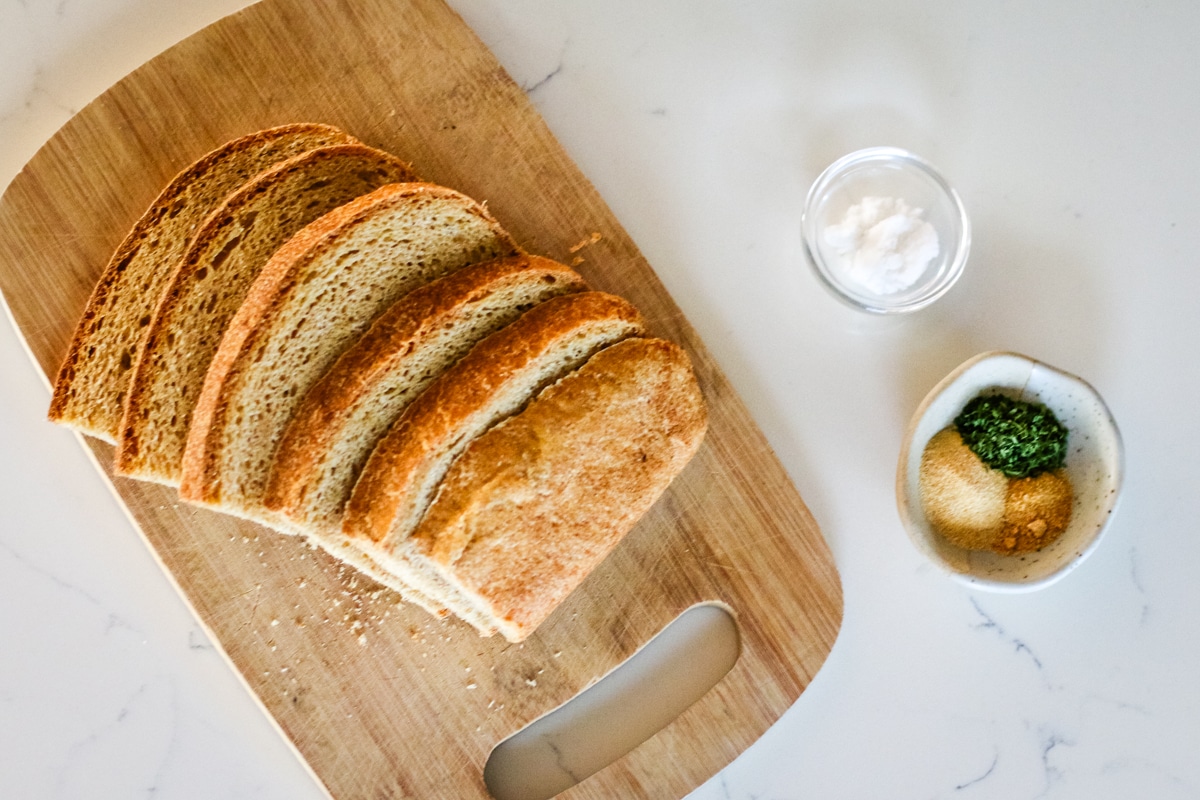
- Bread – Day-old bread works best because it’s slightly dry and easier to process into even crumbs. Fresh-milled flour bread is ideal for extra nutrients, but any slightly stale bread works too. These breadcrumbs are a great way to salvage bread that's no longer best tasting.
- Seasonings – A simple blend of sea salt, garlic powder, onion powder, and dried parsley adds balanced flavor, mild aroma, and a touch of freshness to your breadcrumbs. You can season breadcrumbs however you wish. I've used Italian seasoning and ranch seasoning in the past because it's super convenient.
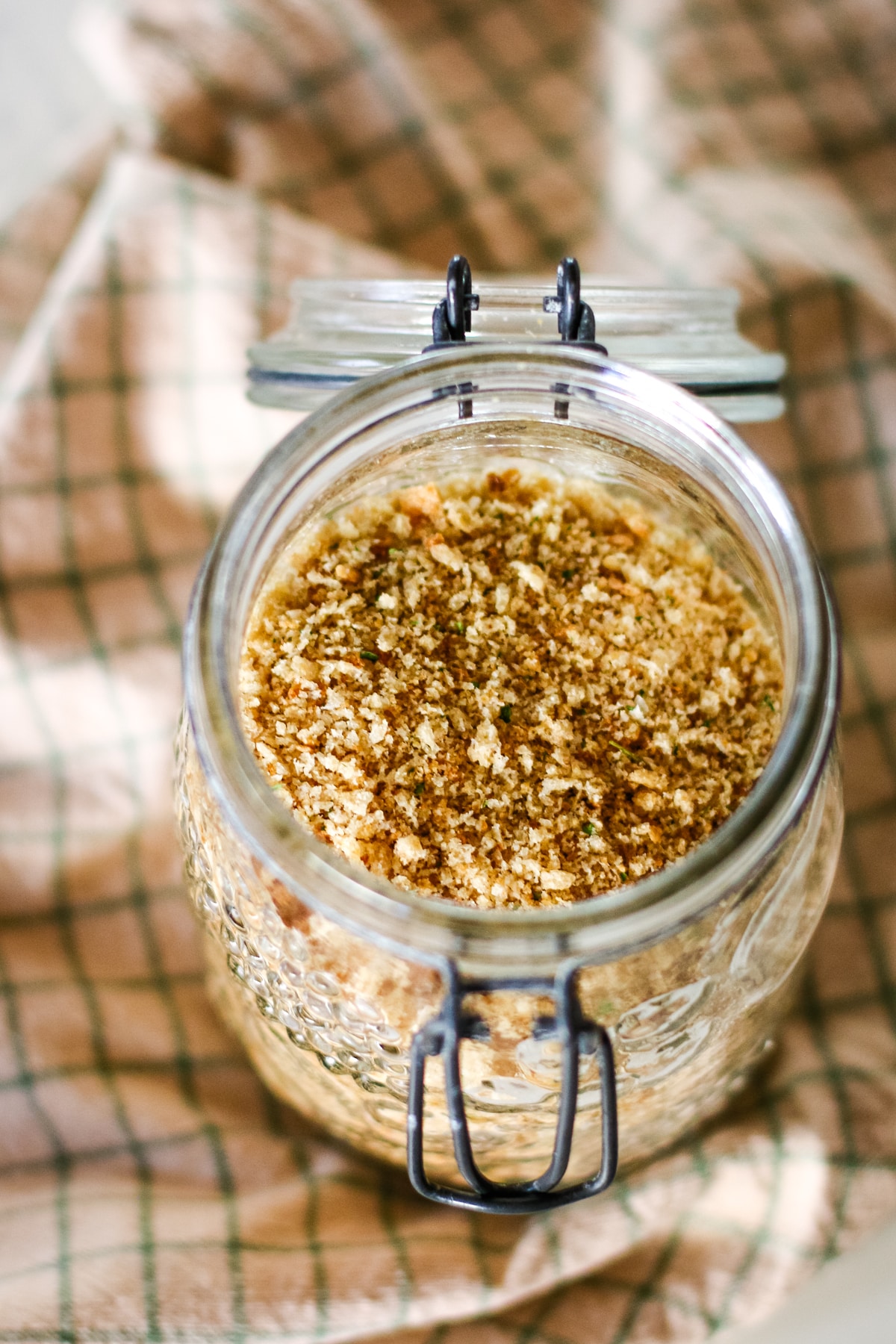
How to Make Breadcrumbs
The complete printable recipe is below in the recipe card for your convenience. Follow these simple step-by-step instructions for the best results.

Step 1. Toast
If the bread is fresh, toast it until they are firm and dry but not browned.
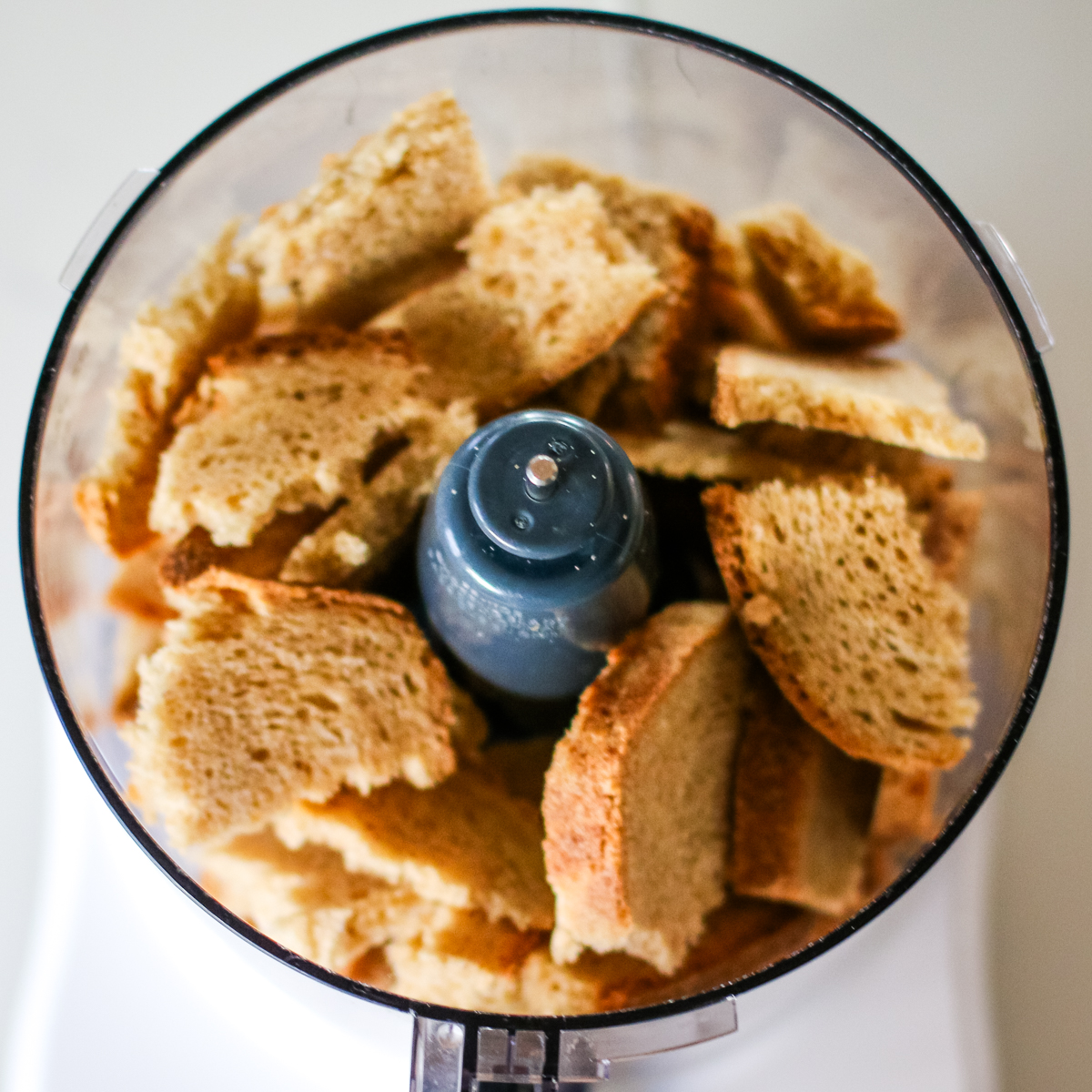
Step 2. Break
Break or tear the bread into even pieces or chunks for easier processing and place in a food processor or blender.

Step 3. Process
Pulse until you reach the desired texture. Add salt, garlic powder, onion powder, and dried parsley and pulse a few more times to mix evenly.
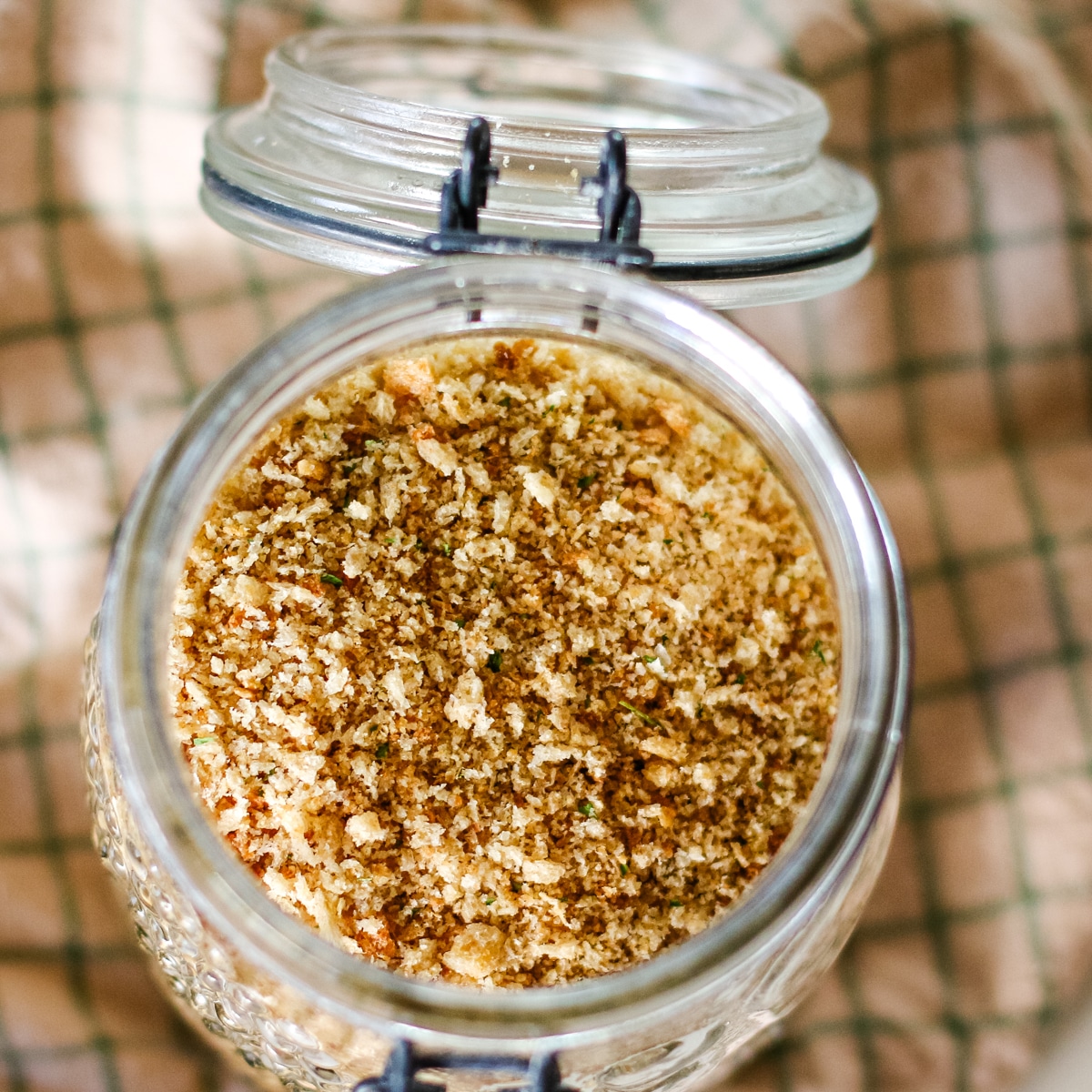
Step 4. Store
Transfer the breadcrumbs to an airtight container. Store in the fridge or freezer for longer storage.
Helpful Tips
- Control texture: Pulse less for chunkier crumbs, or longer for fine breadcrumbs. For regular breadcrumbs, aim for a fine to medium texture - smaller than panko but not powdery.
- Refresh before use: Before using stored breadcrumbs, give them a quick toast in a dry skillet or oven. This helps to revive their crispiness and make them taste fresh again.
Product Highlight!
My Fave Food Processor
I've had this for years and it's such a workhorse. I hit pulse until I achieve the consistency that I want for my breadcrumbs.

💭Meal Prep Suggestion!
Make a double batch and store the extra breadcrumbs in an airtight jar in the freezer. They keep well up to 3 months frozen and makes weeknight cooking so much faster.
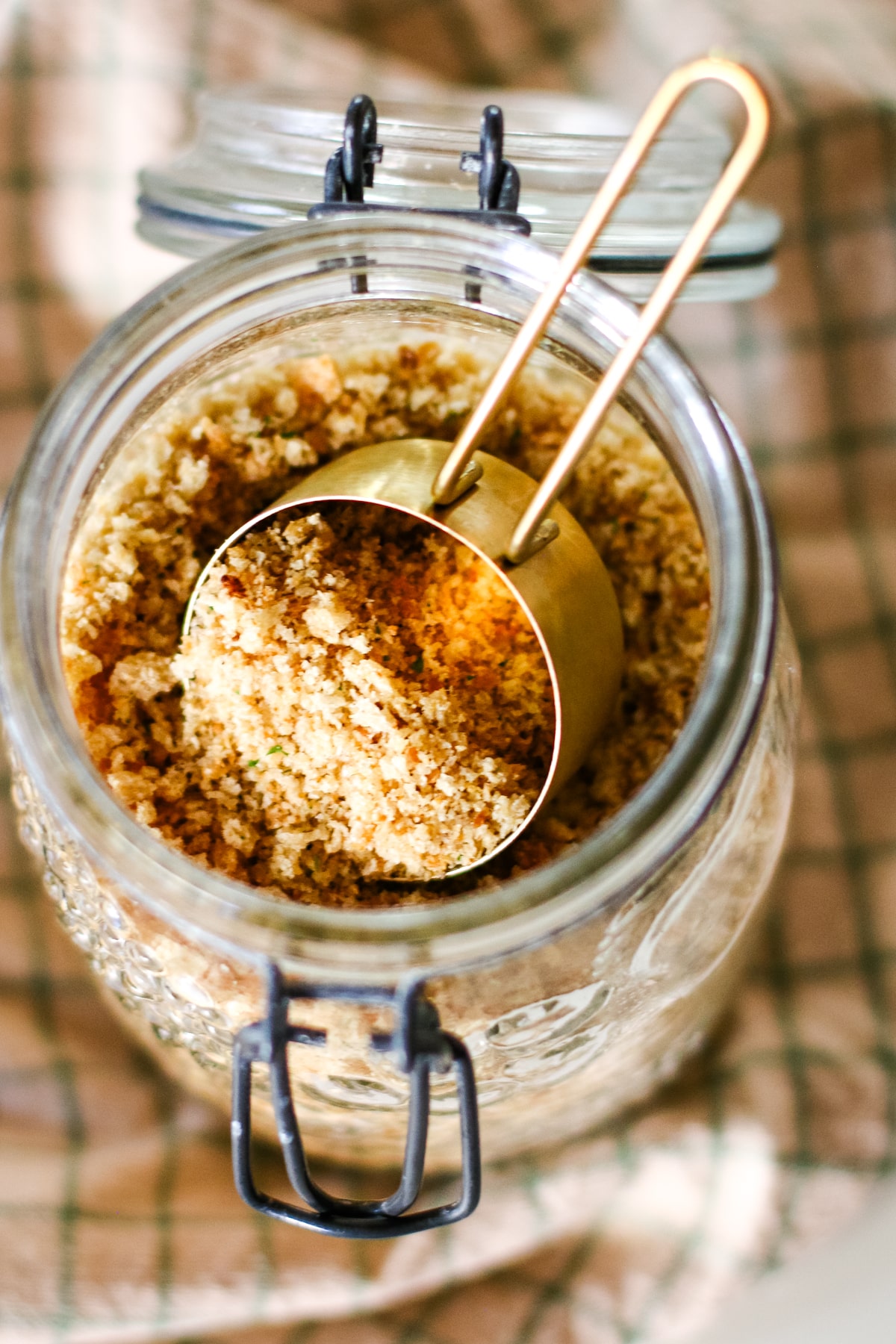
How to Use Breadcrumbs in Recipes
Homemade breadcrumbs are incredibly versatile and add a satisfying crunch or extra flavor to many dishes.
I’ll often use them for kotleti or meatballs instead of soaking bread, because this way I can control the exact measurements (of bread) and get the perfect texture every time.
They’re also great for topping casseroles, gratins, or mac and cheese, coating chicken or fish before baking, or sprinkling over roasted vegetables for a little extra crisp. I love having a jar of homemade breadcrumbs in the back of my fridge.
Use homemade breadcrumbs in these recipes:
- Creamy Butternut Squash Gratin with Caramelized Onions1 Hours 25 Minutes
- Ranch Chicken Potato Broccoli Casserole45 Minutes
- Crispy Baked Chicken Cutlets30 Minutes
- Chicken Caesar Pasta Salad25 Minutes
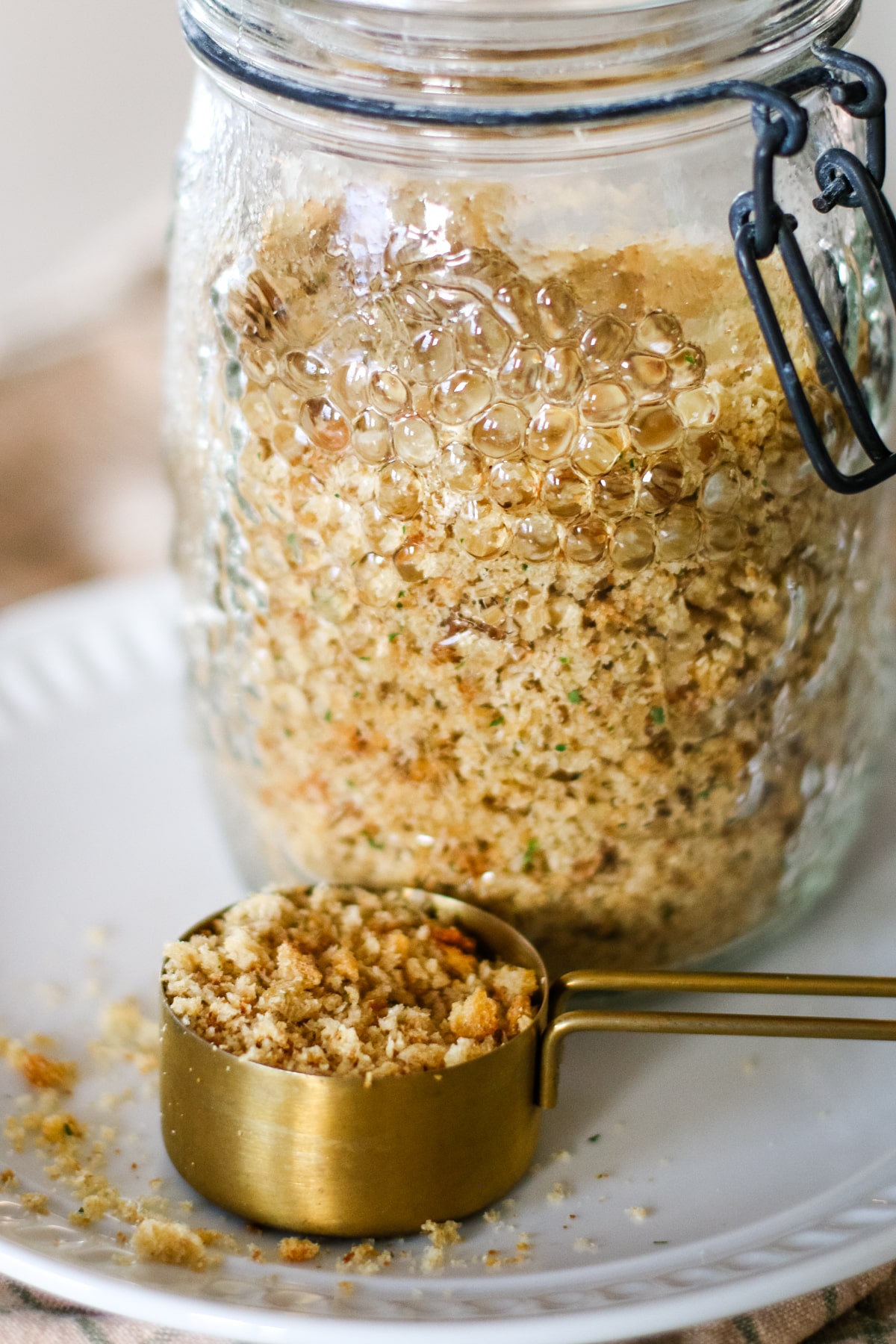
Frequently Asked Questions
Store leftover homemade breadcrumbs in an airtight container for up to 2 weeks. These wide-mouth mason jars are great for storing breadcrumbs.
Yes! Store in a freezer-safe airtight container or bag for up to 3 months. Thaw in the fridge or use straight from the freezer. You can also lightly toast before using.
If the breadcrumbs were still warm or slightly moist when you transferred them for storage, they can clump together over time. Spread them out on a baking sheet, break up any clusters, and re-toast them at a low temperature until completely dry. Let them cool fully before returning them to storage to prevent clumping from happening again.
Looking for more healthy staples? Here are some ideas:
Did you make this homemade breadcrumbs recipe? Please leave a ⭐⭐⭐⭐⭐ recipe rating in the recipe card below and leave a review in the comments. Thank you!💚
Printable Recipe
Homemade Breadcrumbs
Ingredients
- 6 slices day old bread fresh milled flour bread is ideal
- 1 teaspoon sea salt
- ½ teaspoon garlic powder
- ½ teaspoon onion powder
- ½ teaspoon dried parsley
Instructions
- If the bread is fresh, preheat the oven to 300°F (150°C) and toast the slices for 10-15 minutes until they are firm and dry but not browned.
- Break into pieces. Tear the toasted or day-old bread into roughly 1"chunks for easier processing.
- Place 6 slices day old bread chunks in a food processor or blender and pulse until you reach the desired texture. For regular breadcrumbs, aim for a fine to medium texture - smaller than panko but not powdery.
- Add 1 teaspoon sea salt, ½ teaspoon garlic powder , ½ teaspoon onion powder, and ½ teaspoon dried parsley, then pulse a few more times to mix evenly.
- Transfer the breadcrumbs to an airtight container. They will keep at room temperature for about 1 week, in the fridge for 2 weeks, or frozen for up to 3 months.
Notes
- Use up bread - Day-old or slightly stale bread is ideal for best texture. It's also a great way to salvage bread that's no longer the best tasting.
- Control texture - Pulse less for chunkier crumbs or longer for fine breadcrumbs.
- Start with uniform pieces - Break the bread into similar-sized chunks for even processing.


